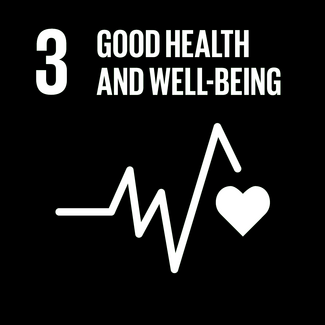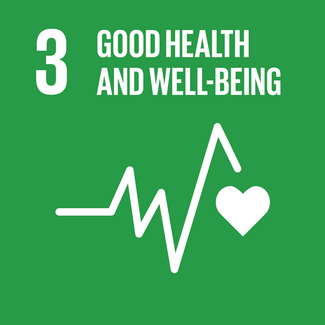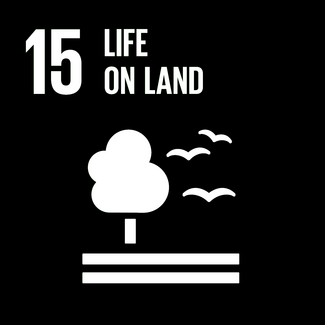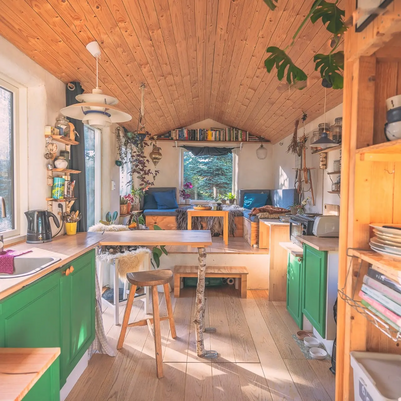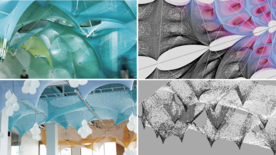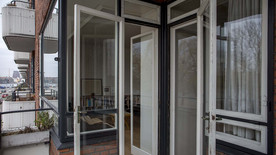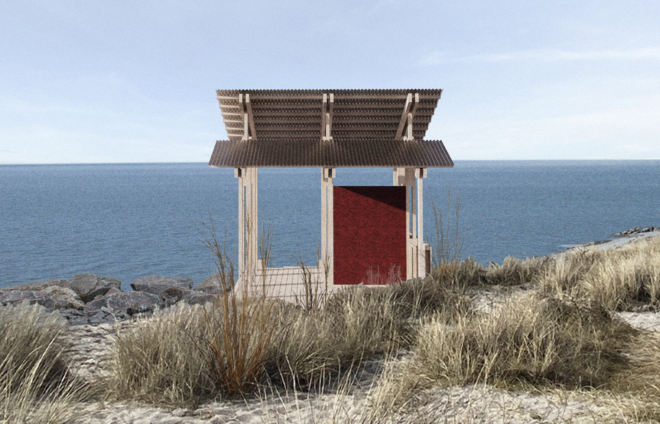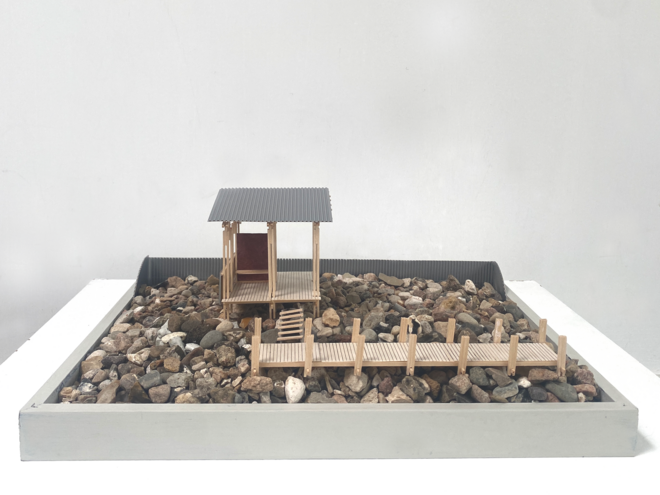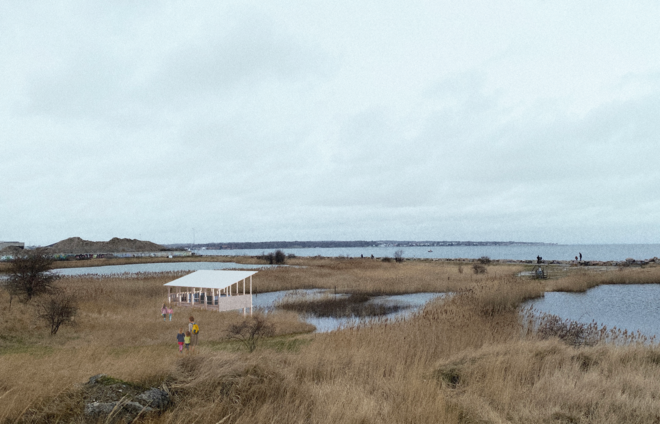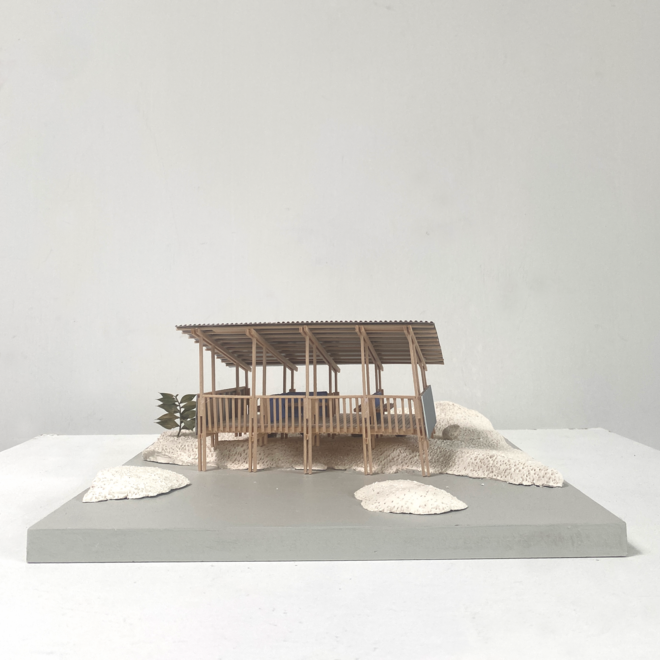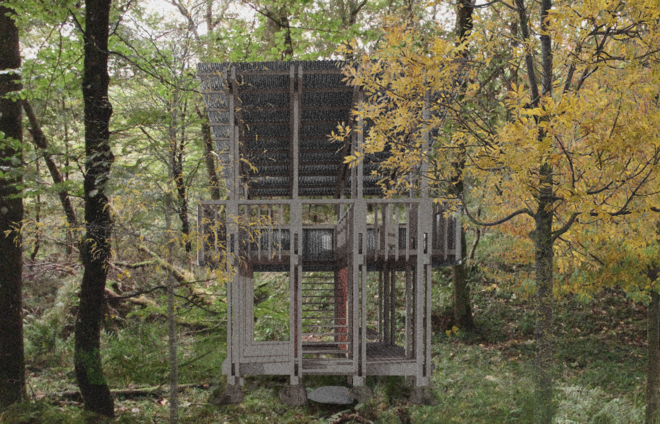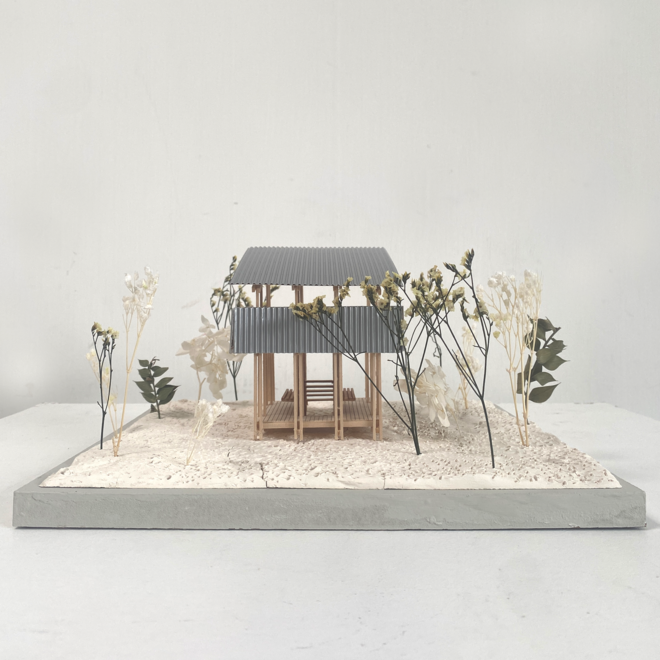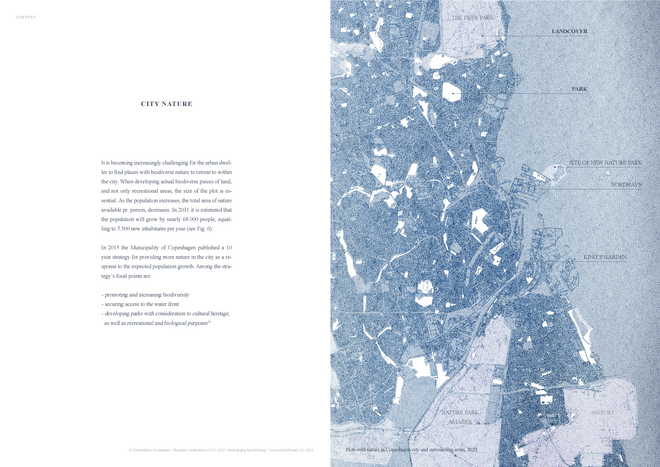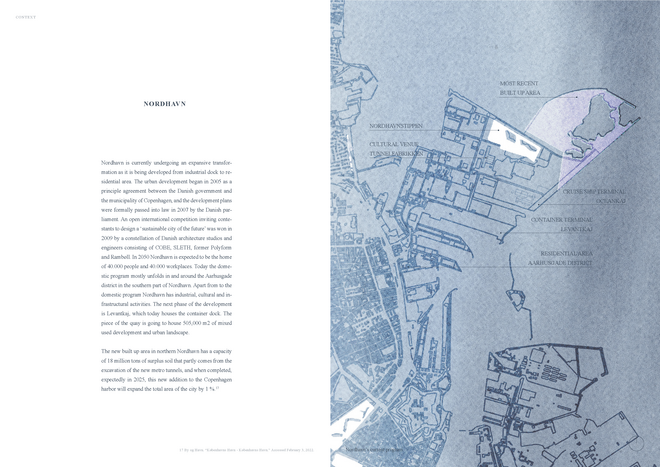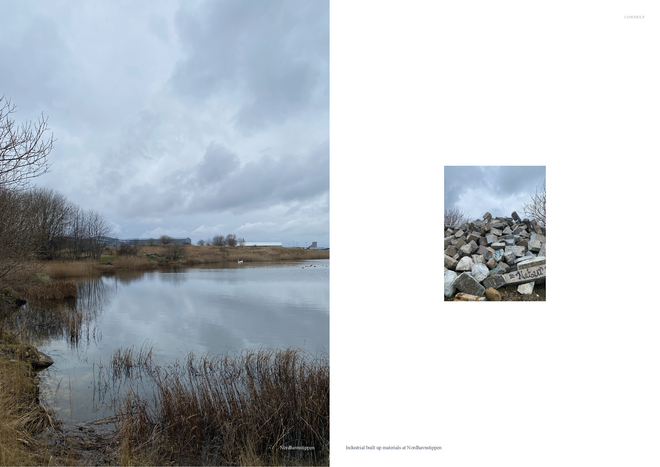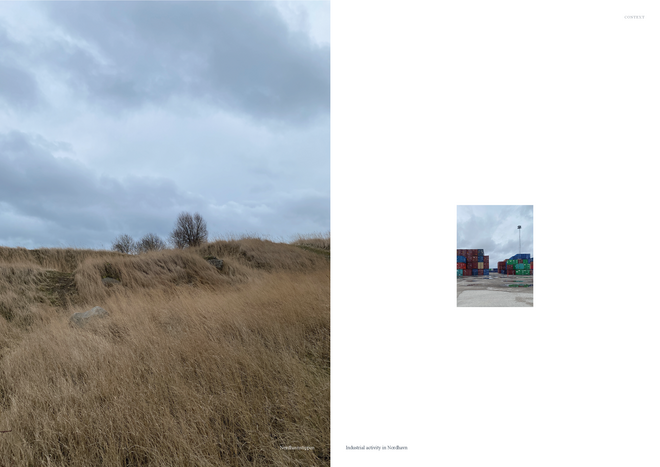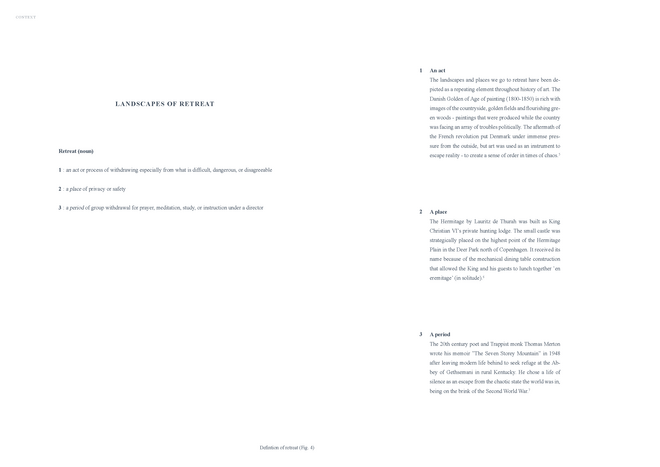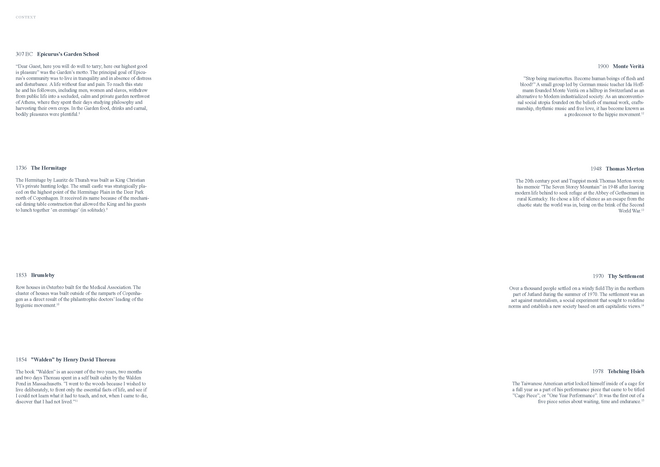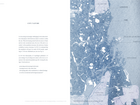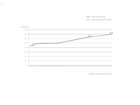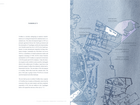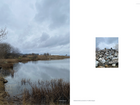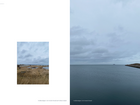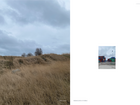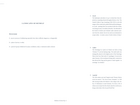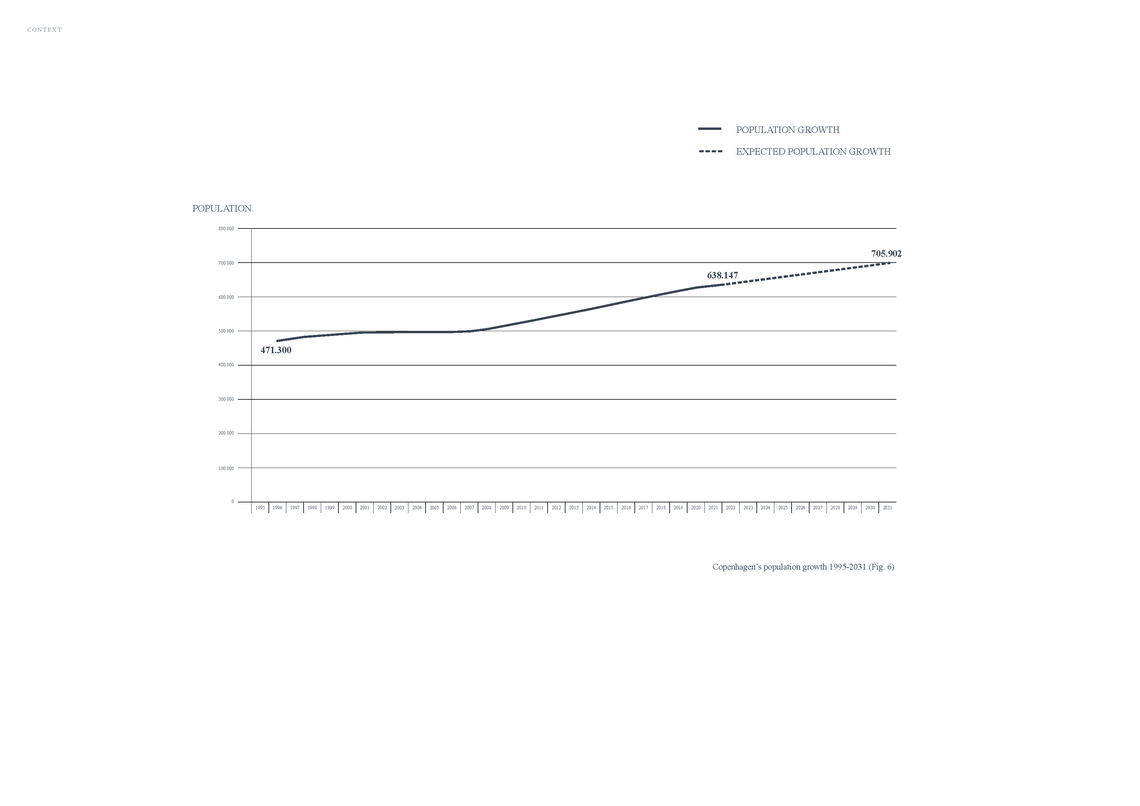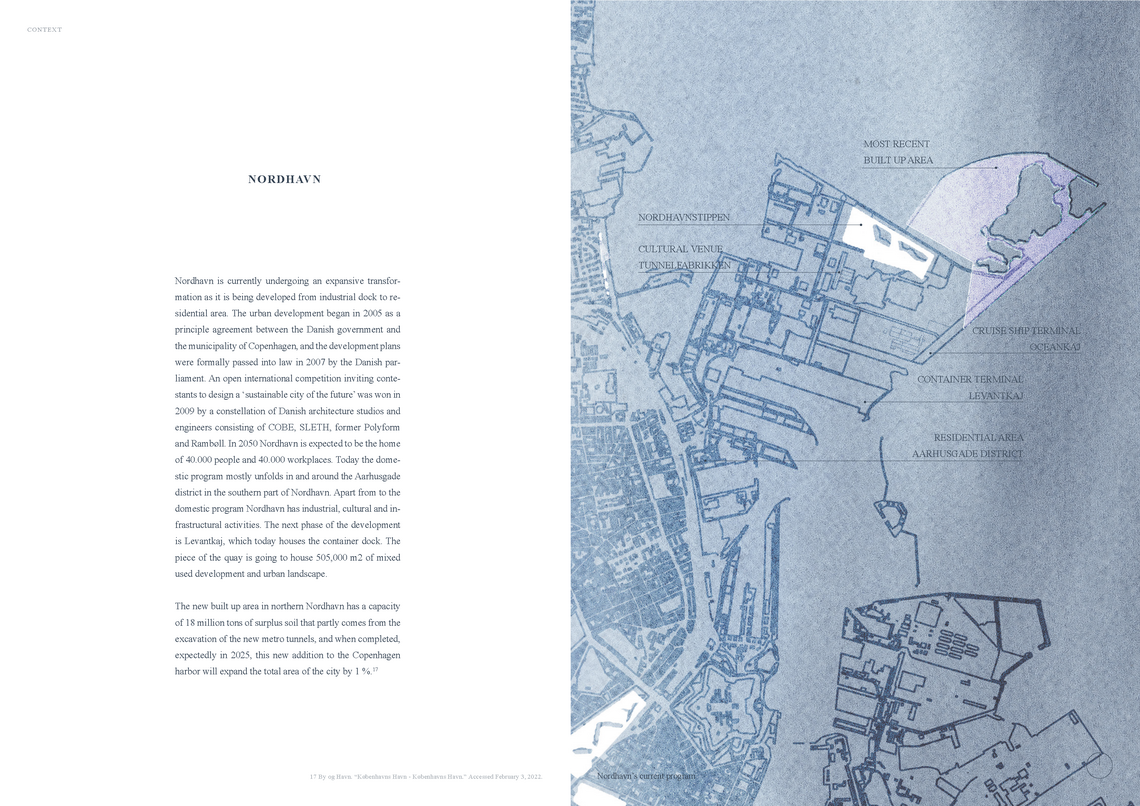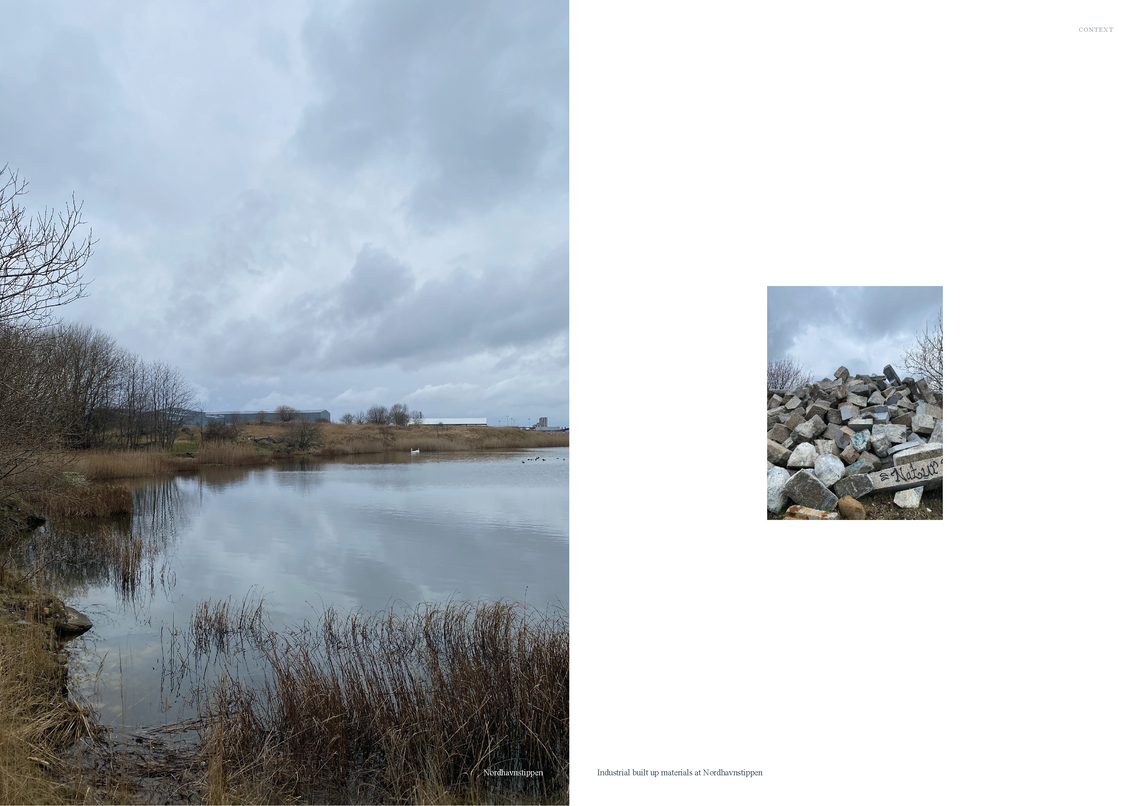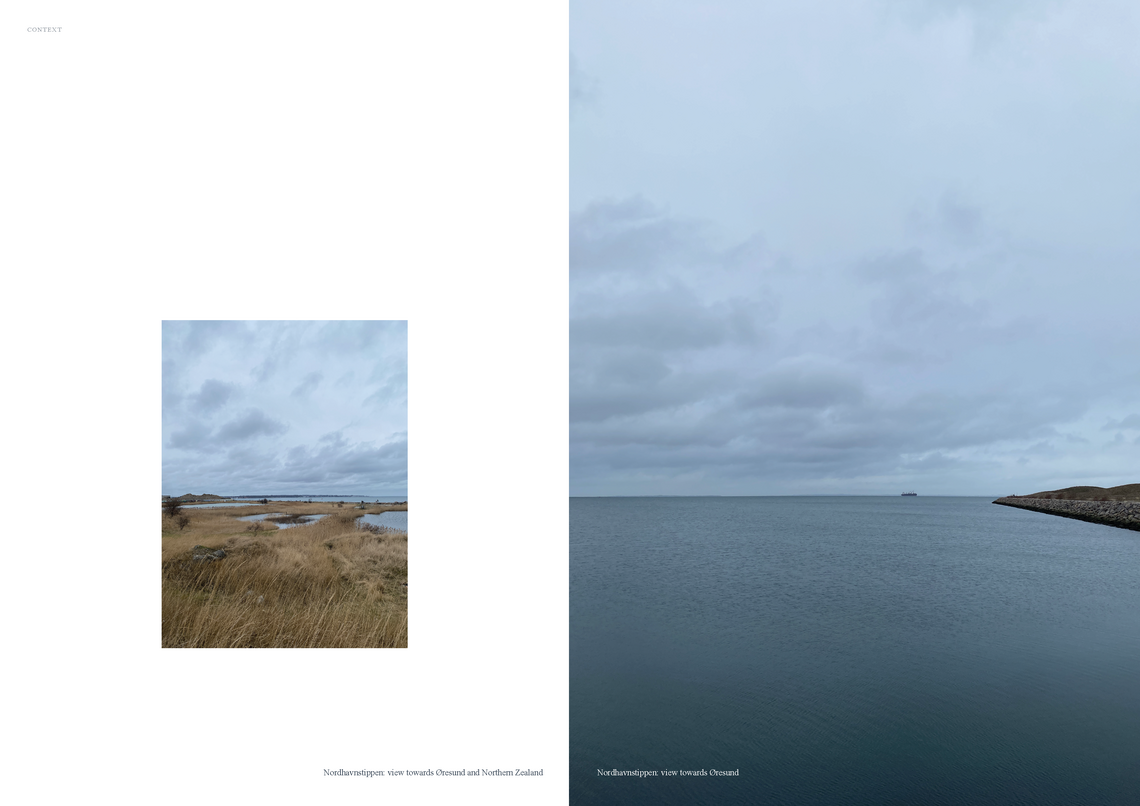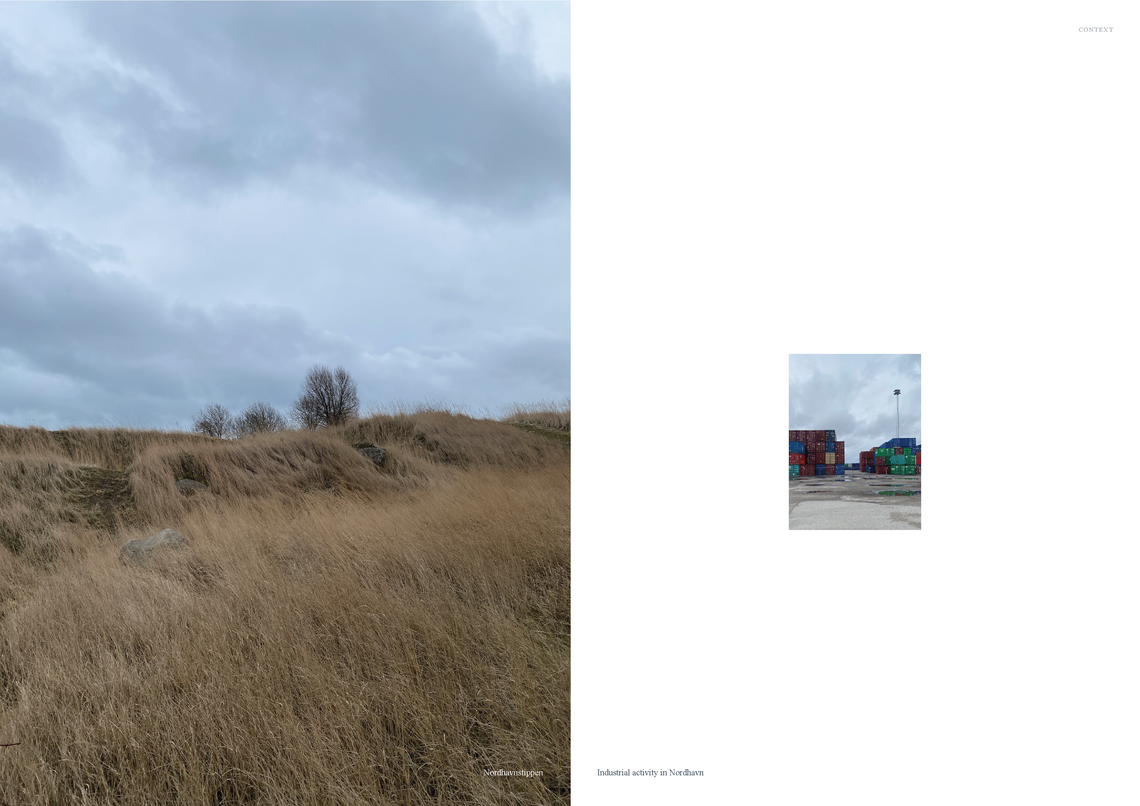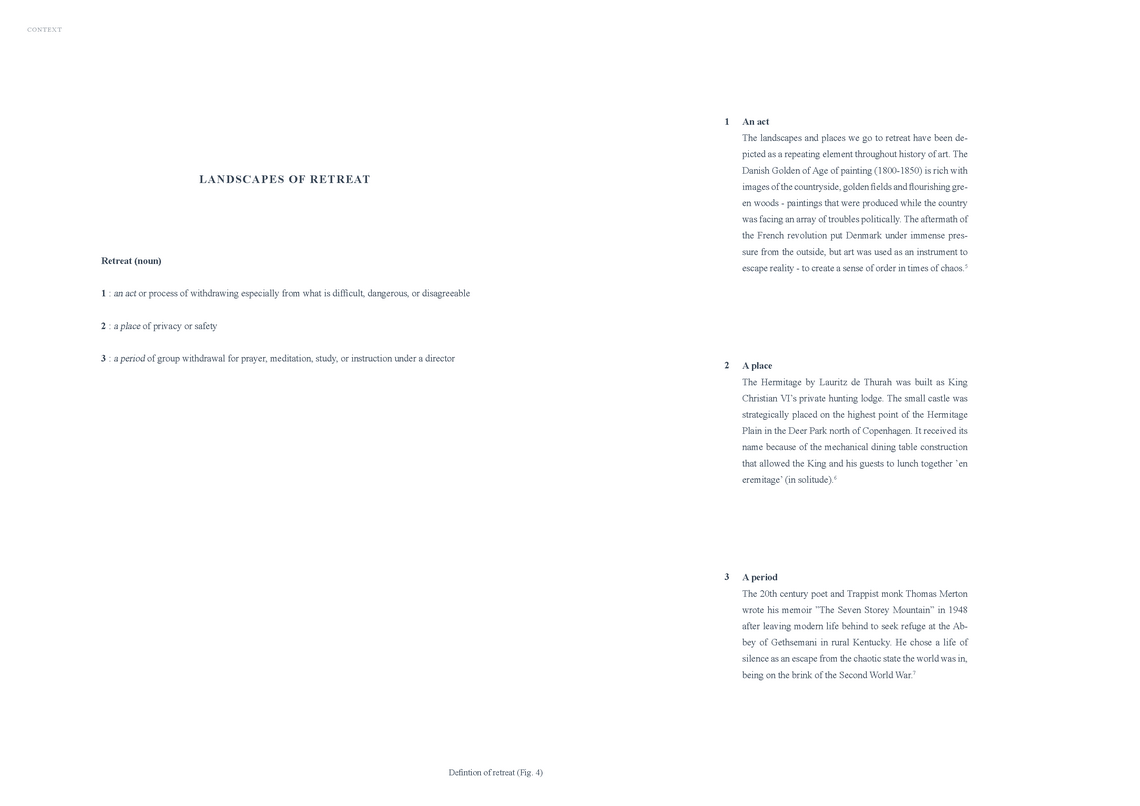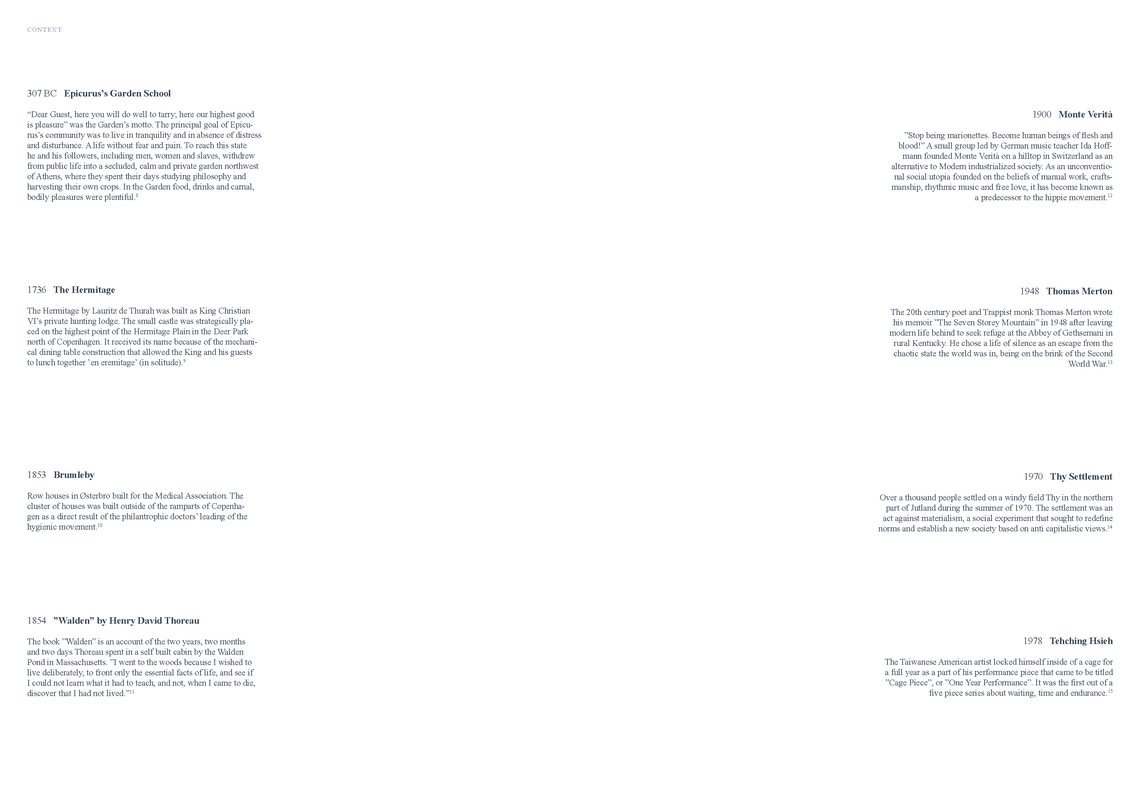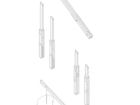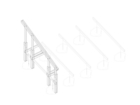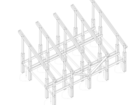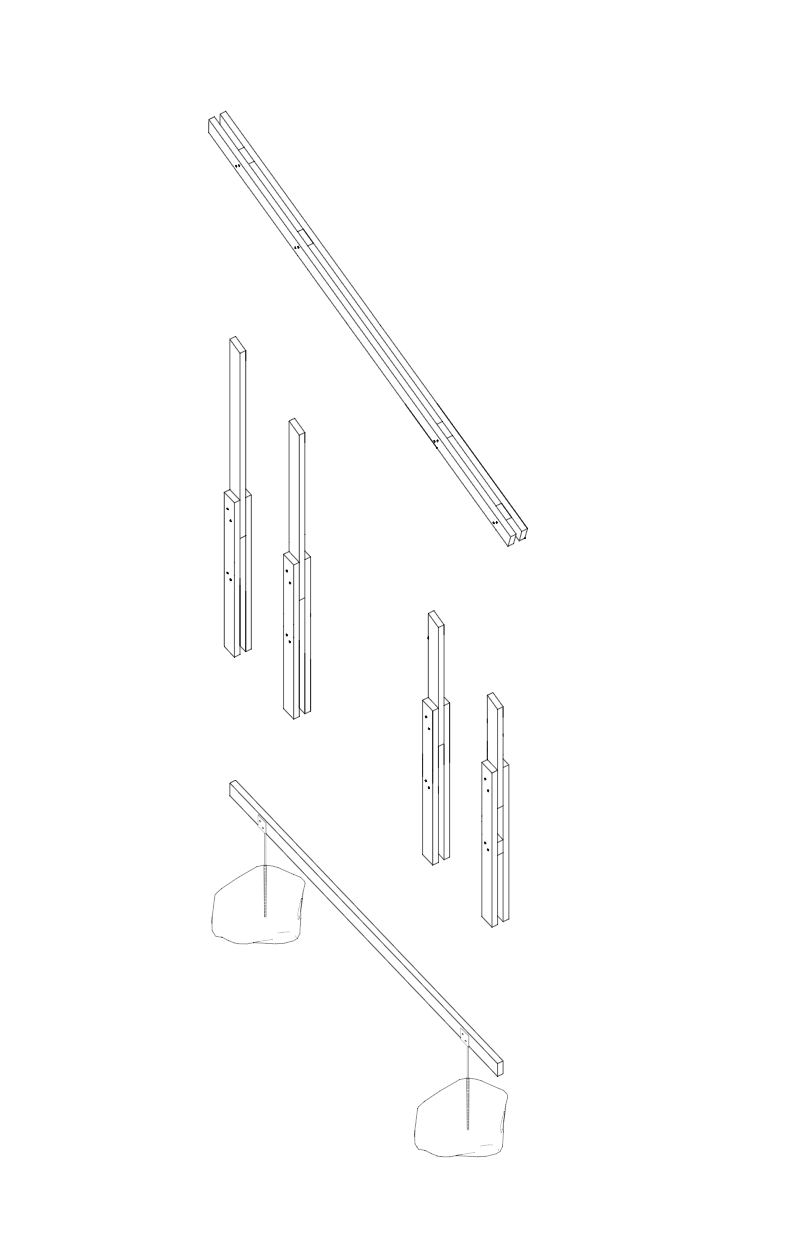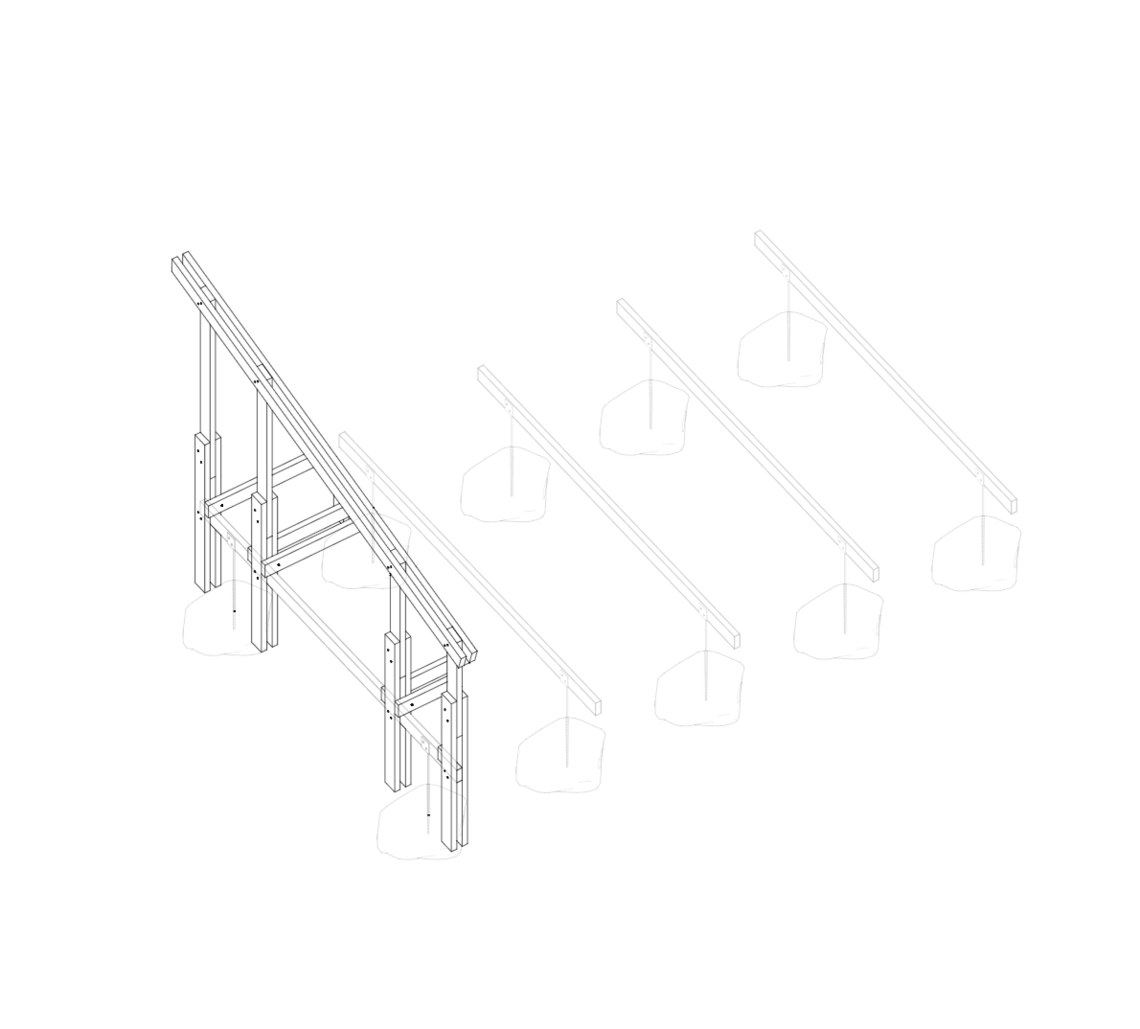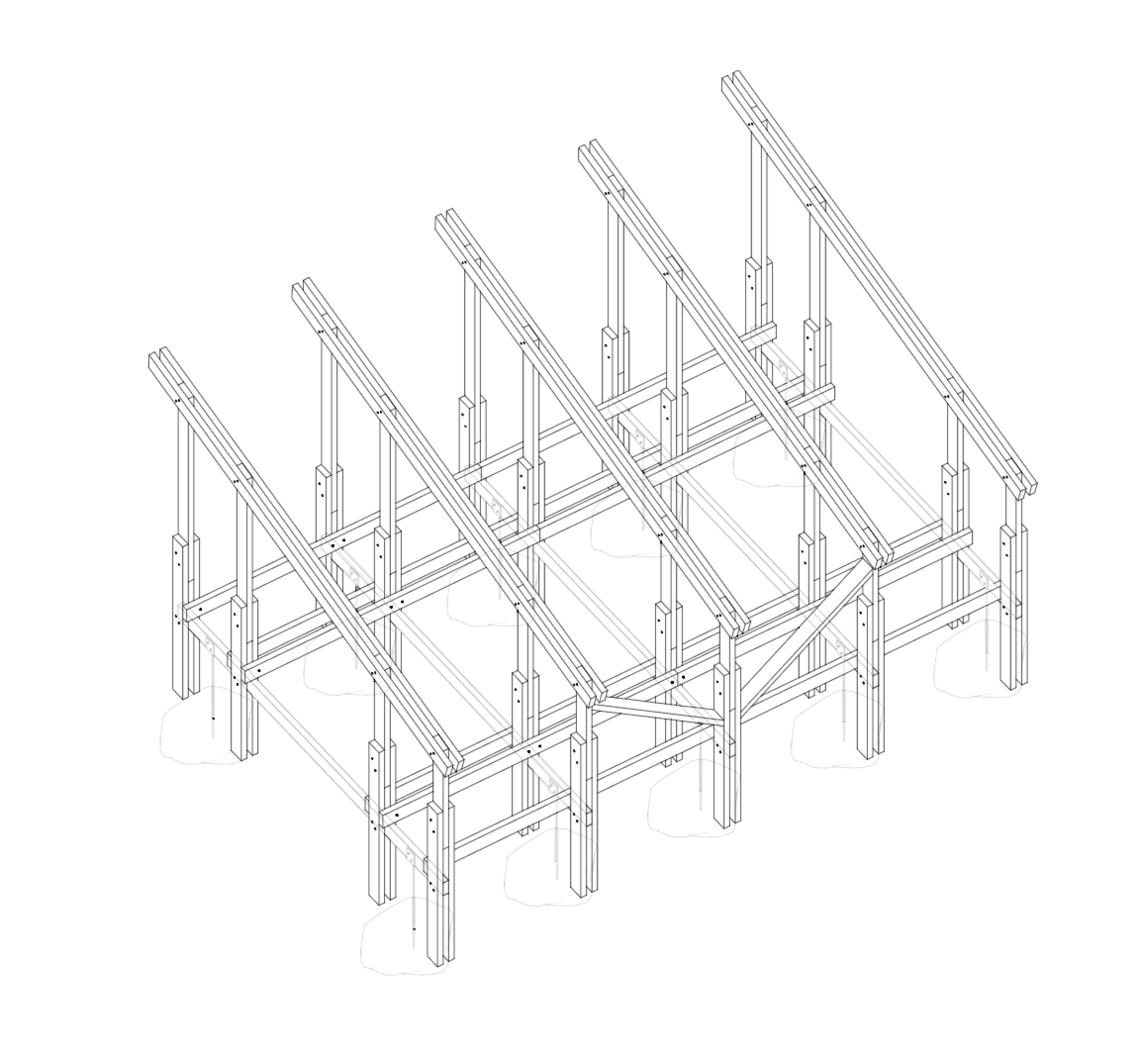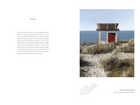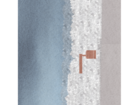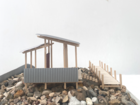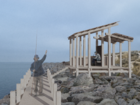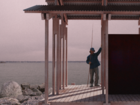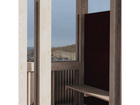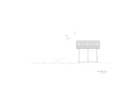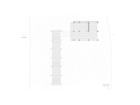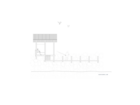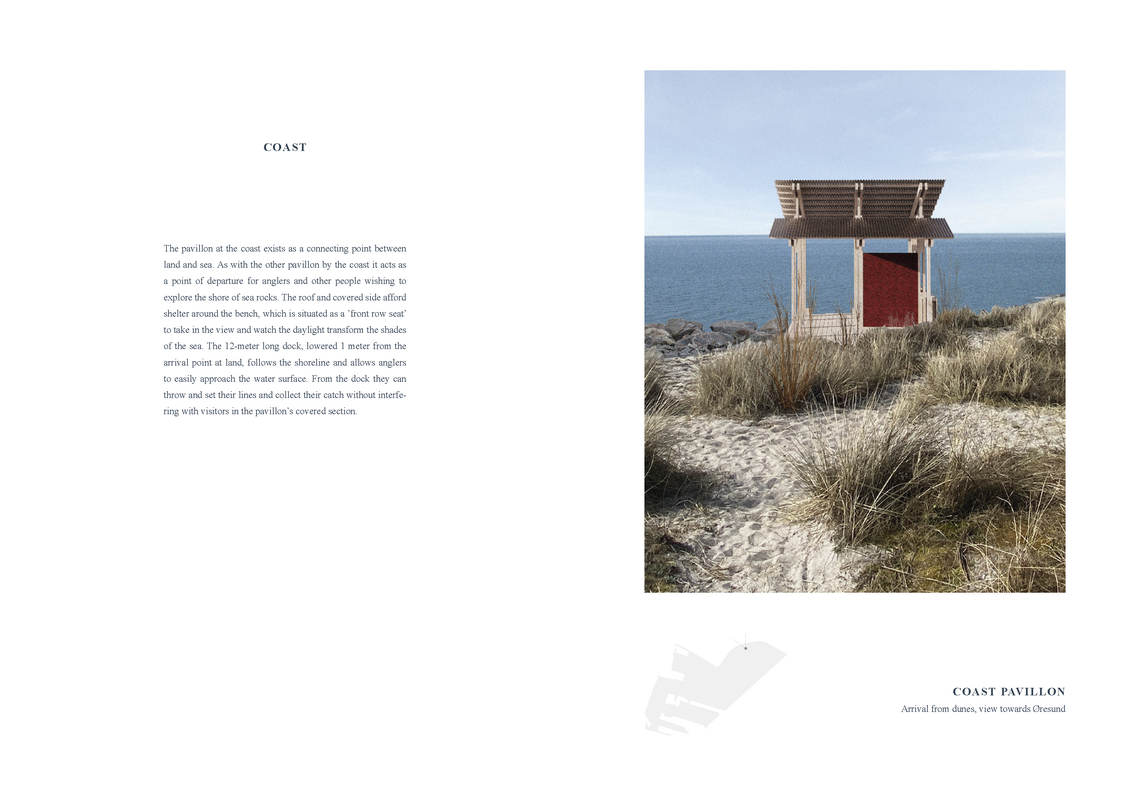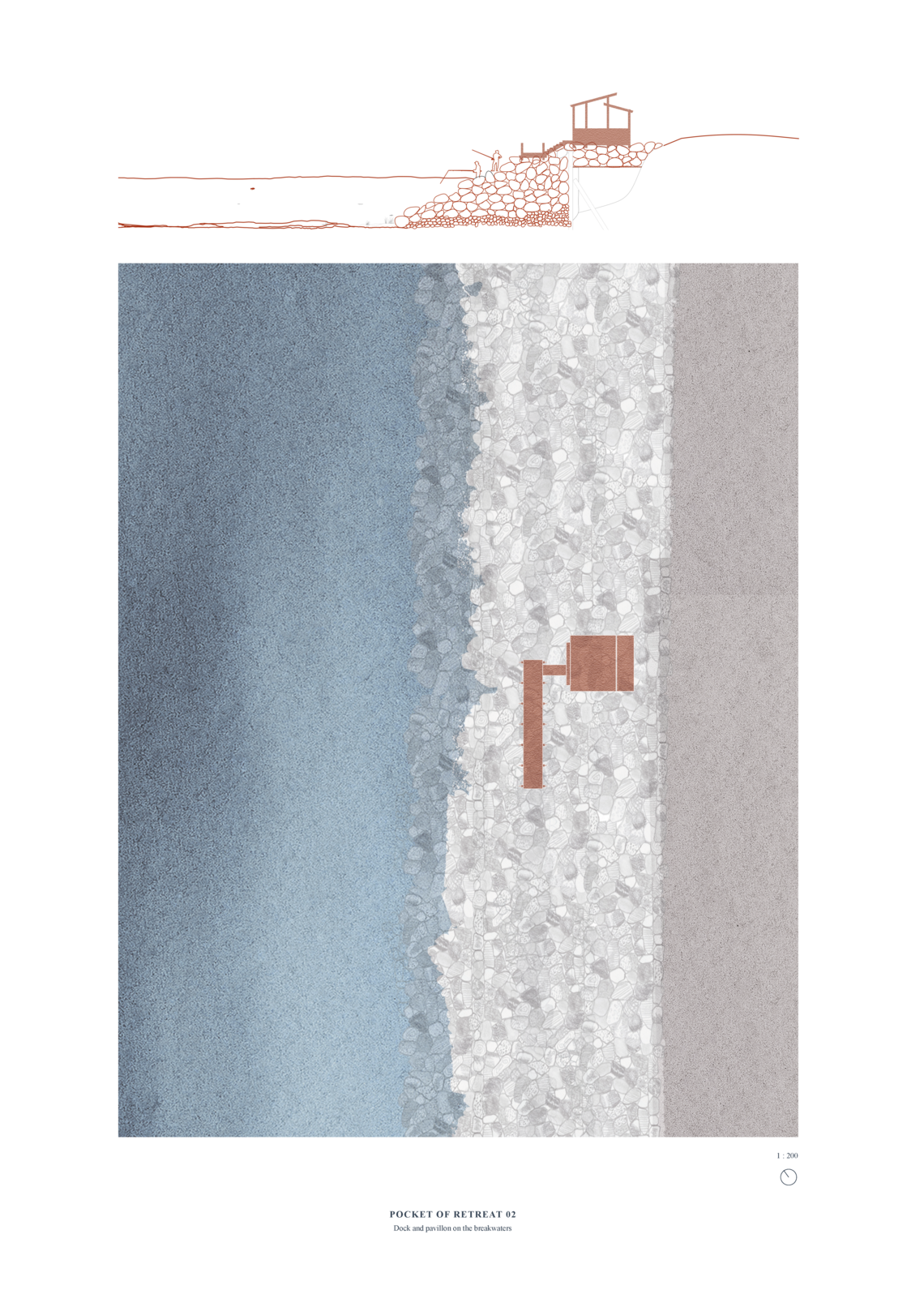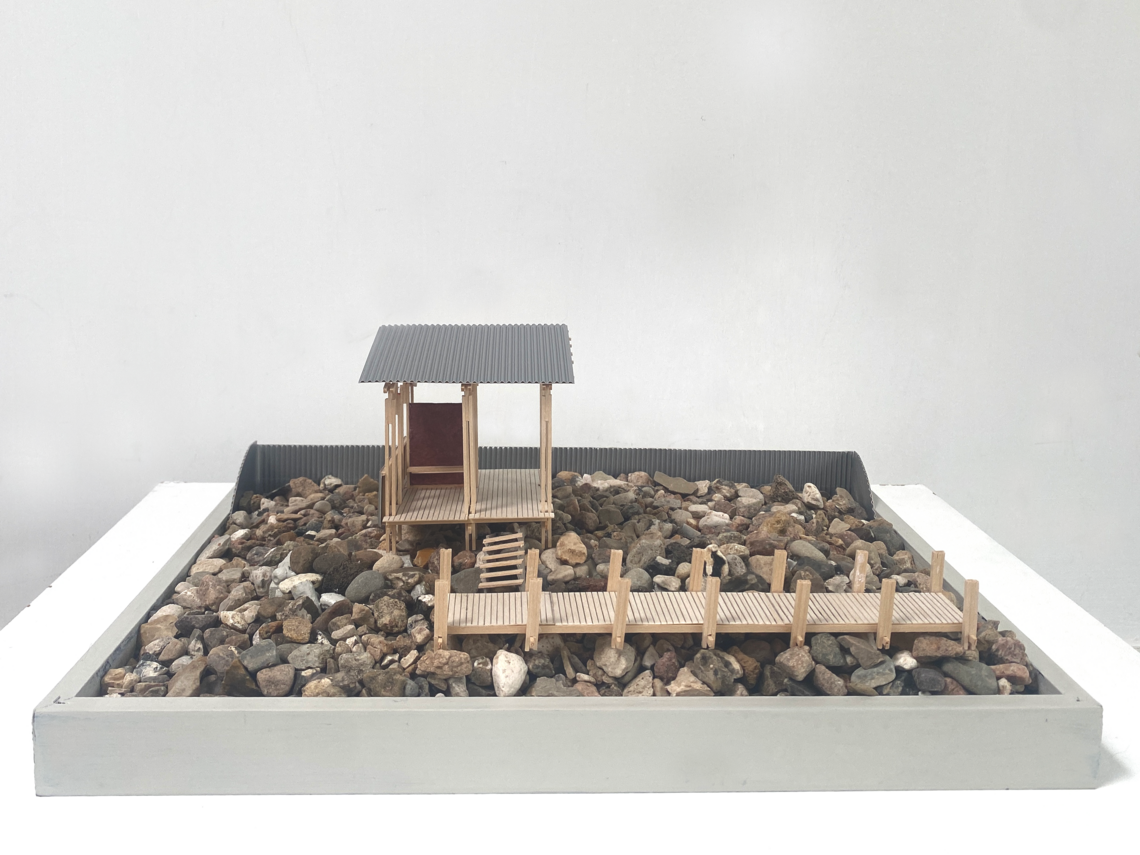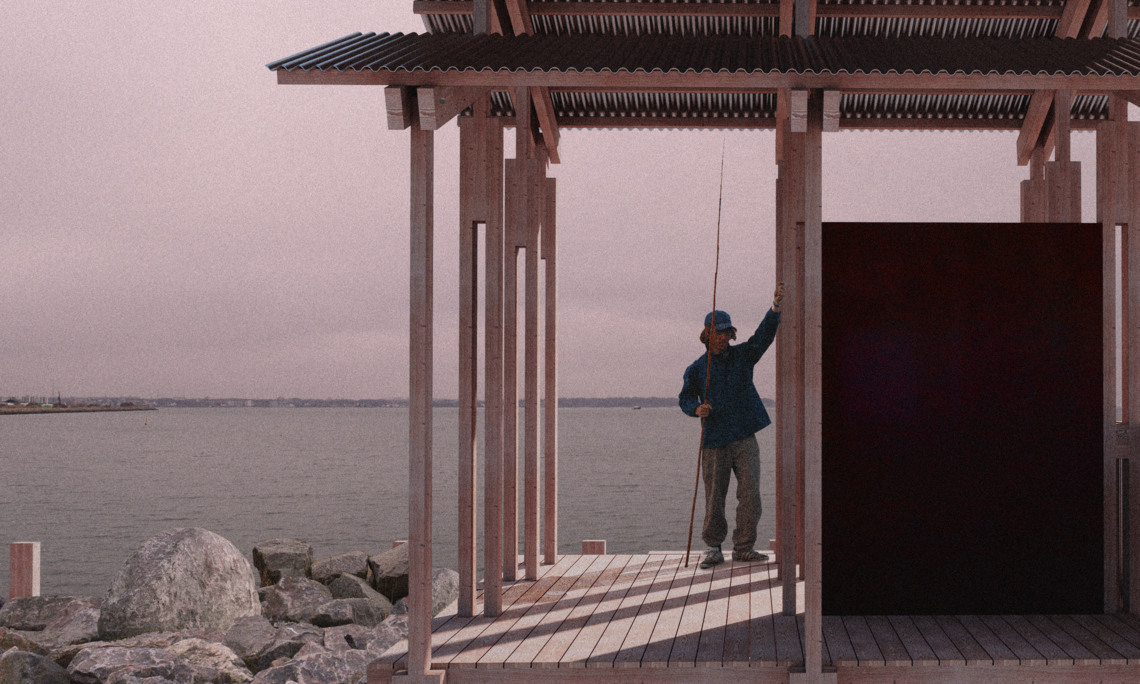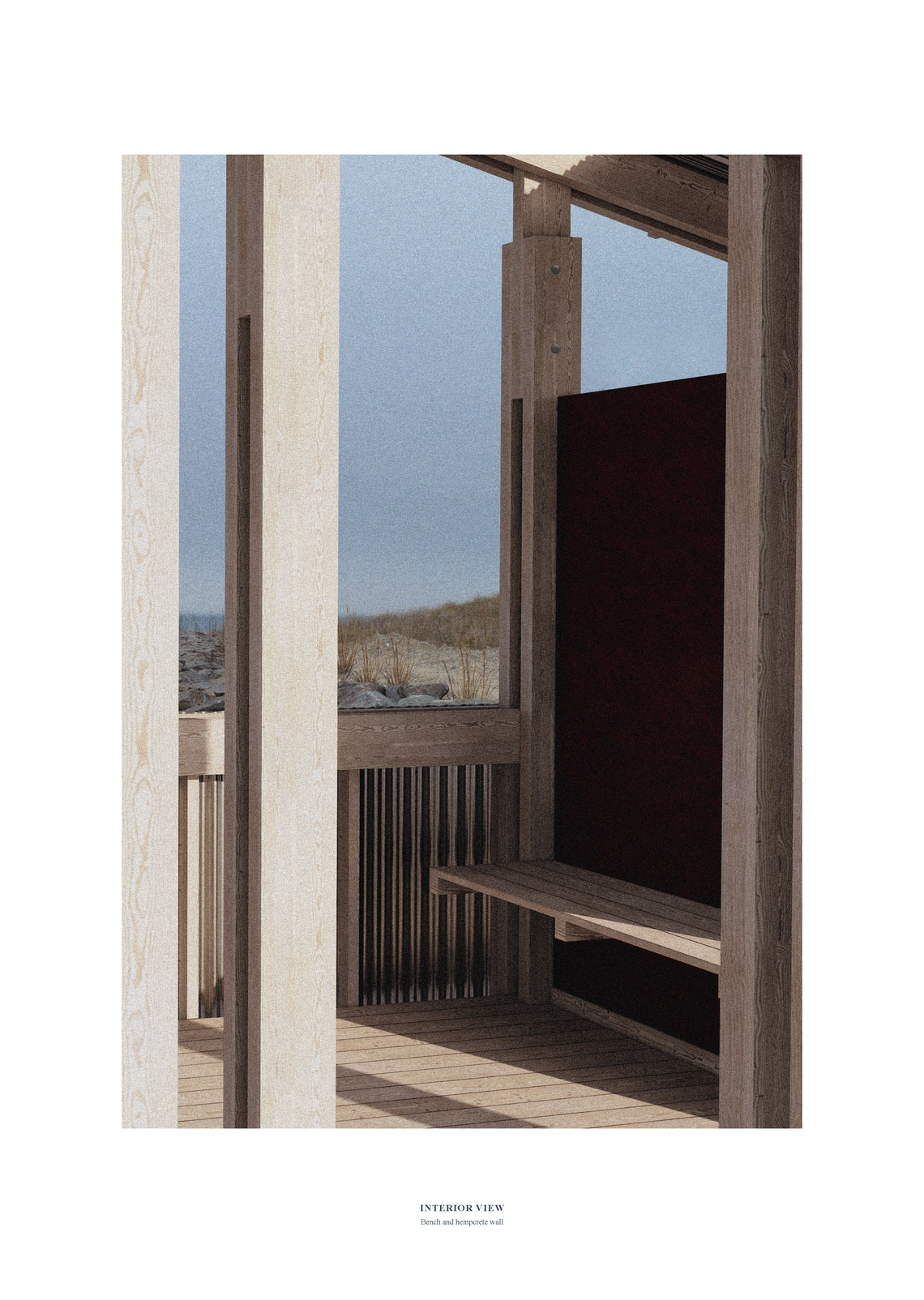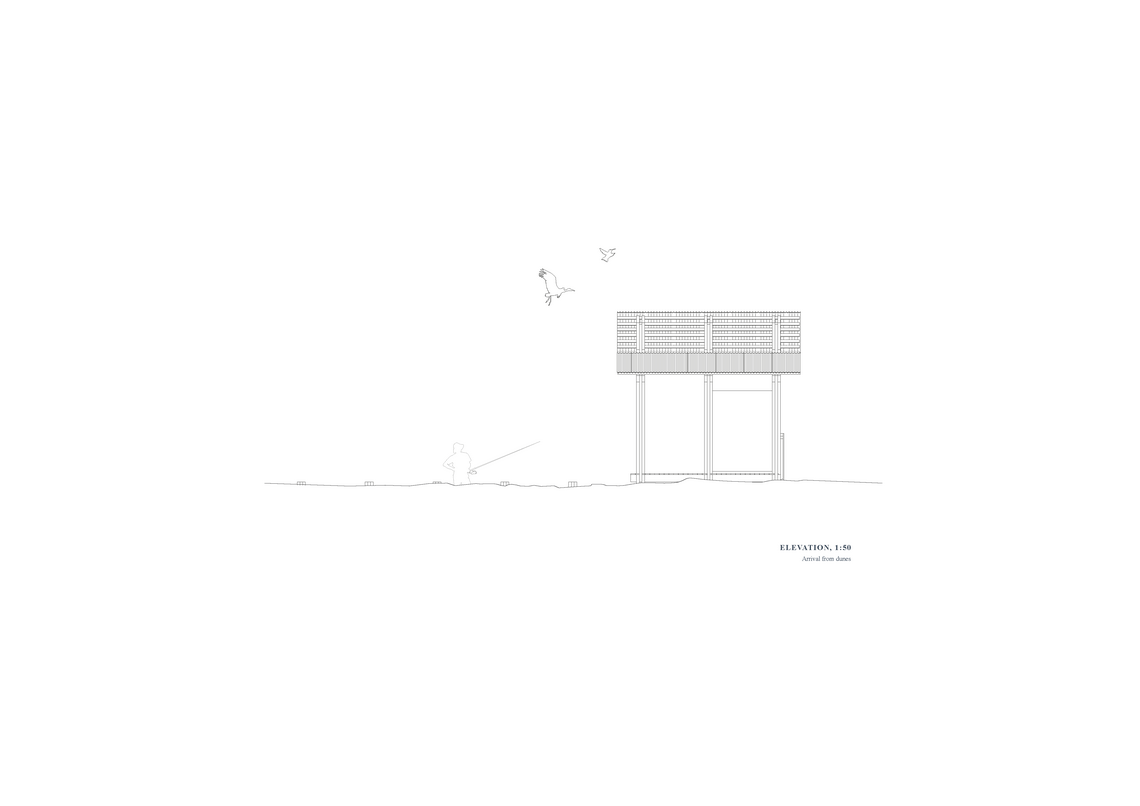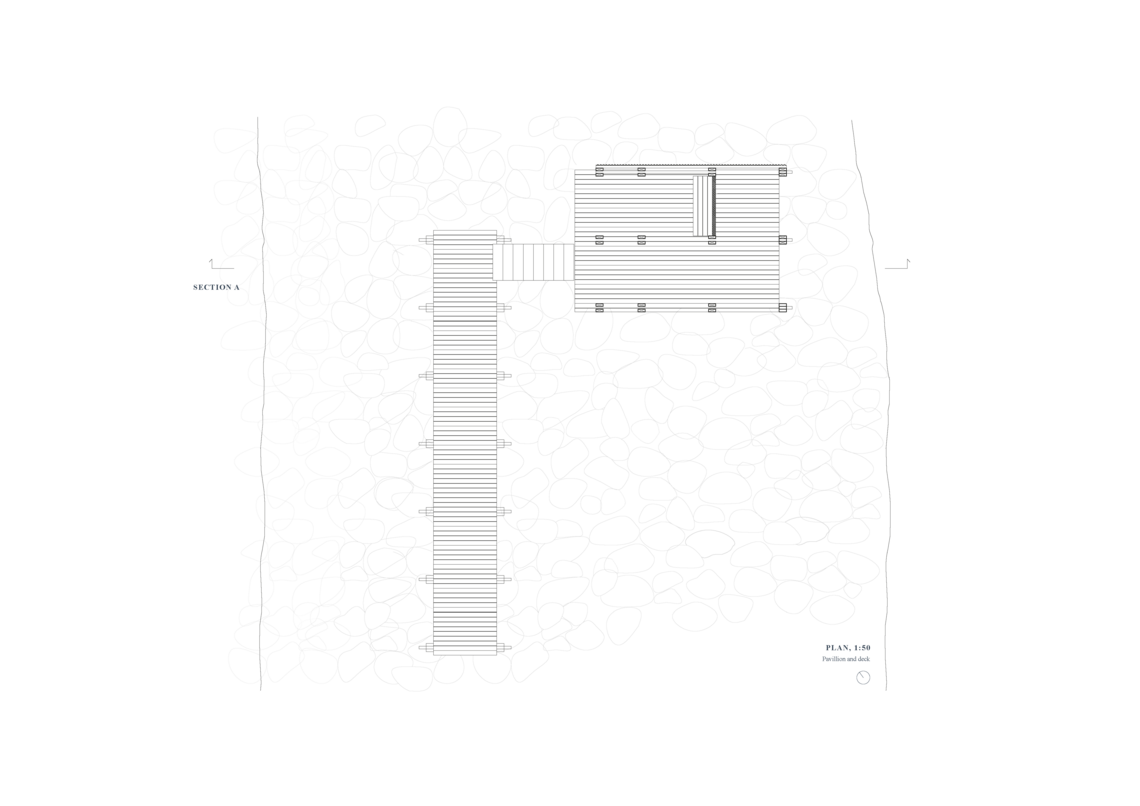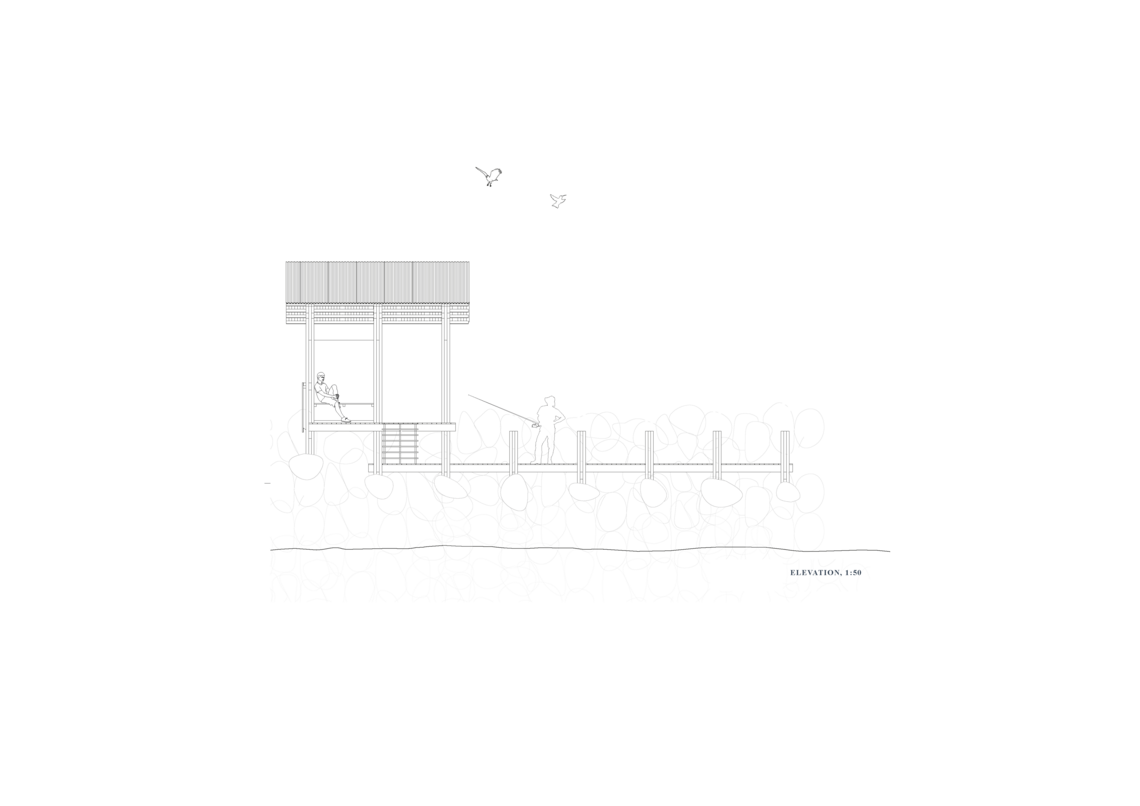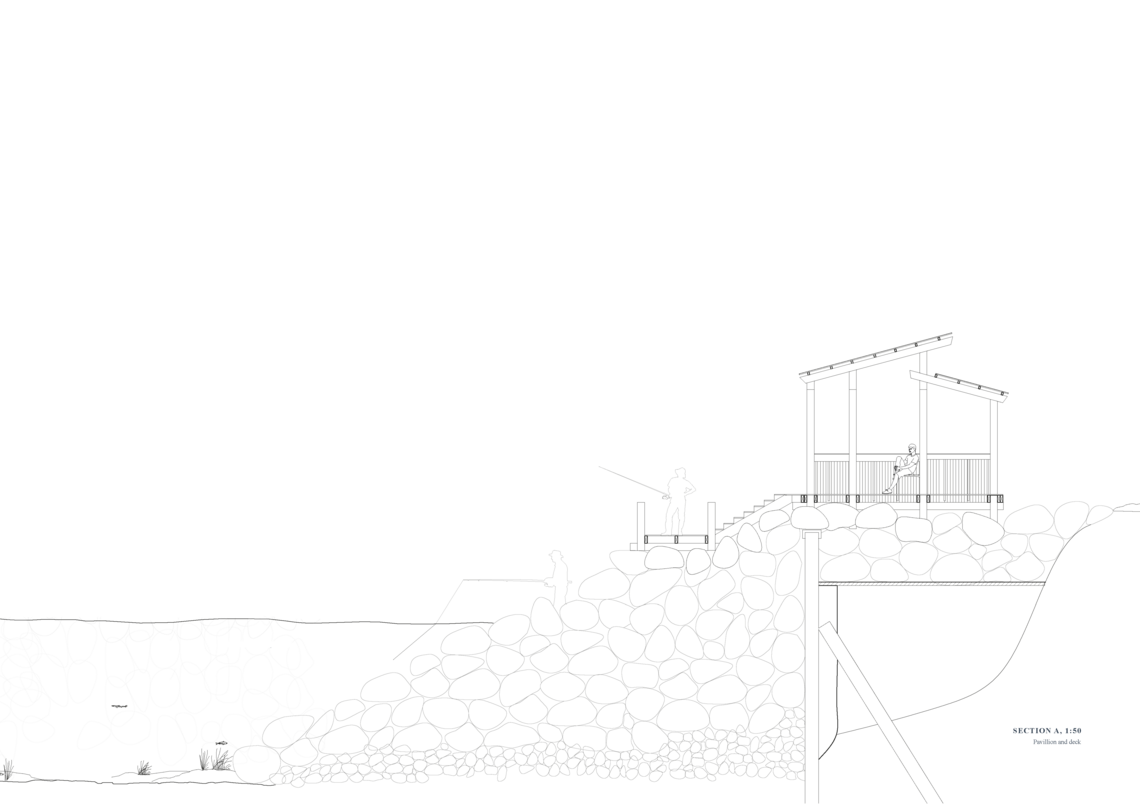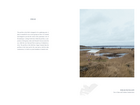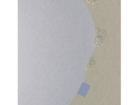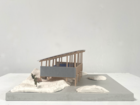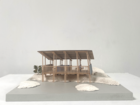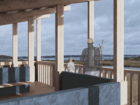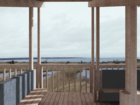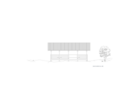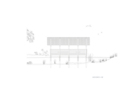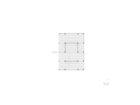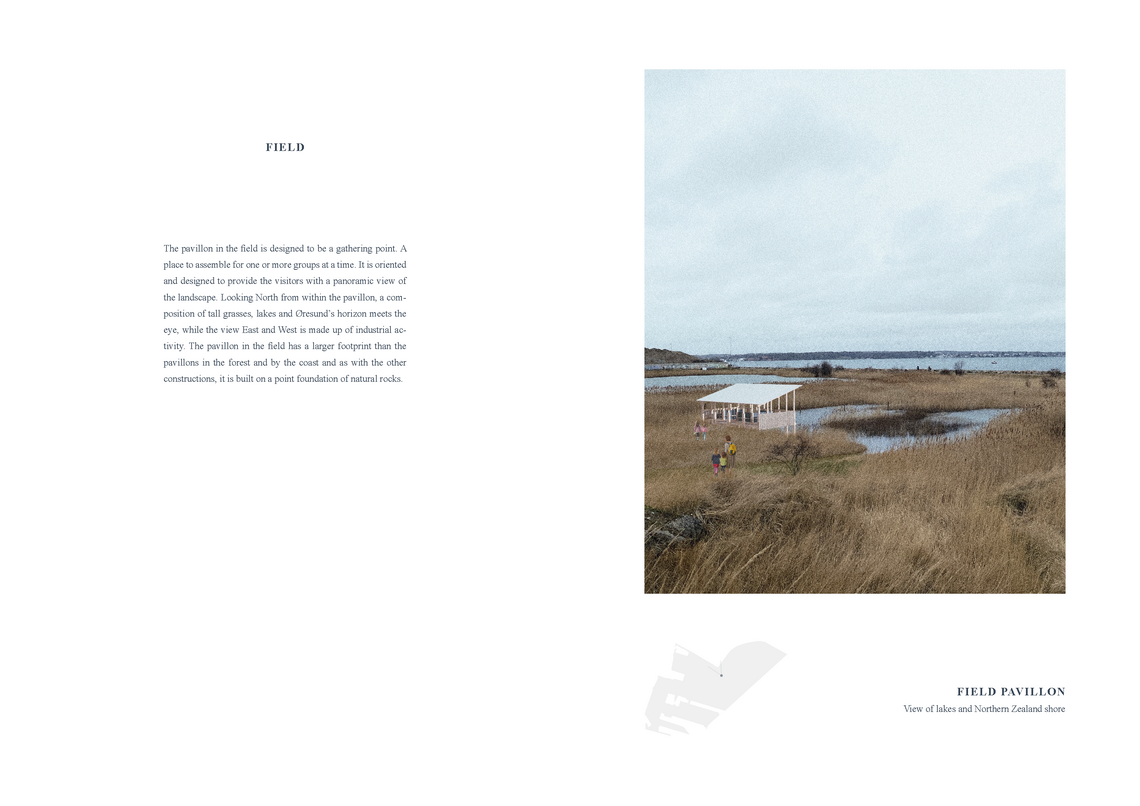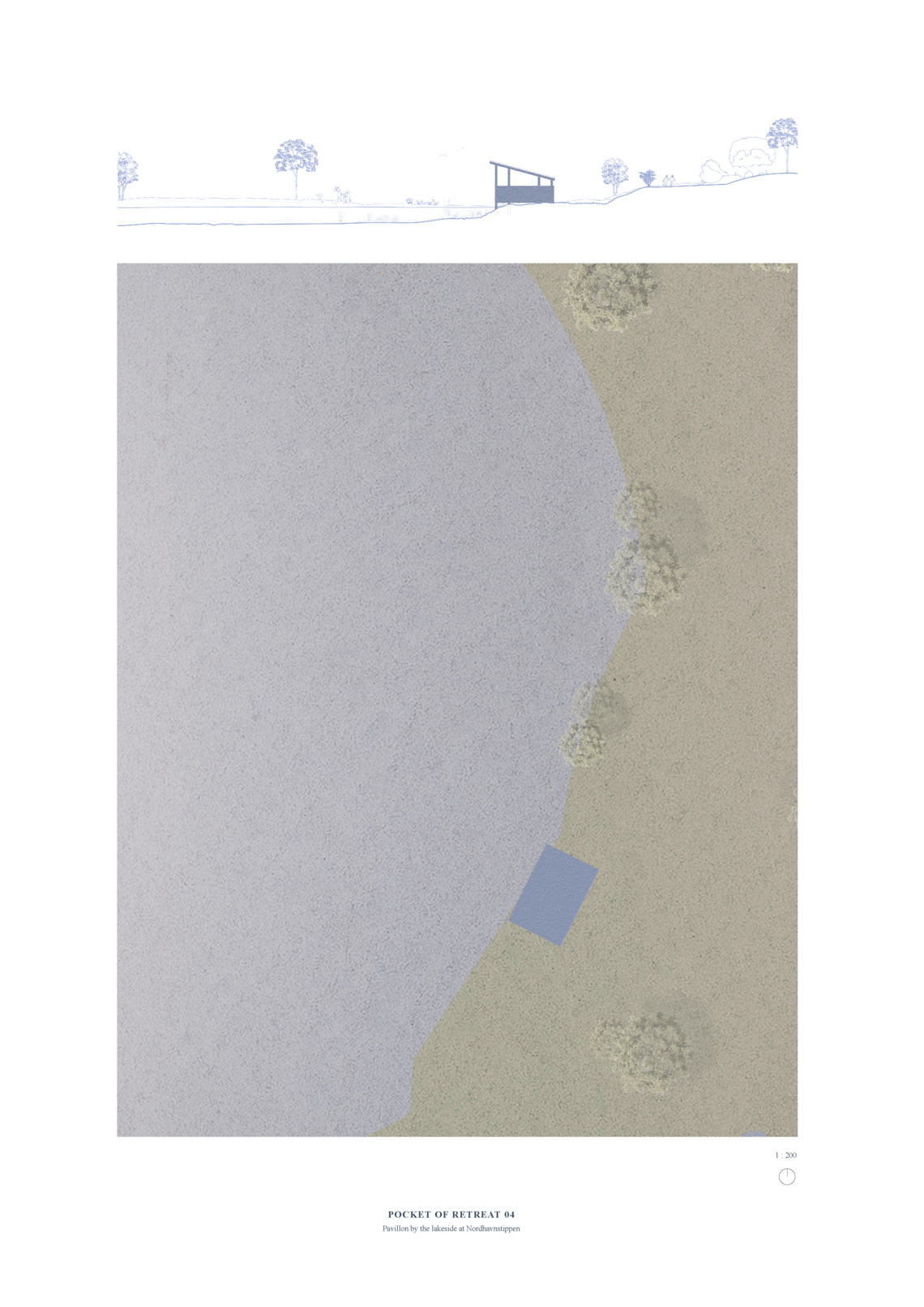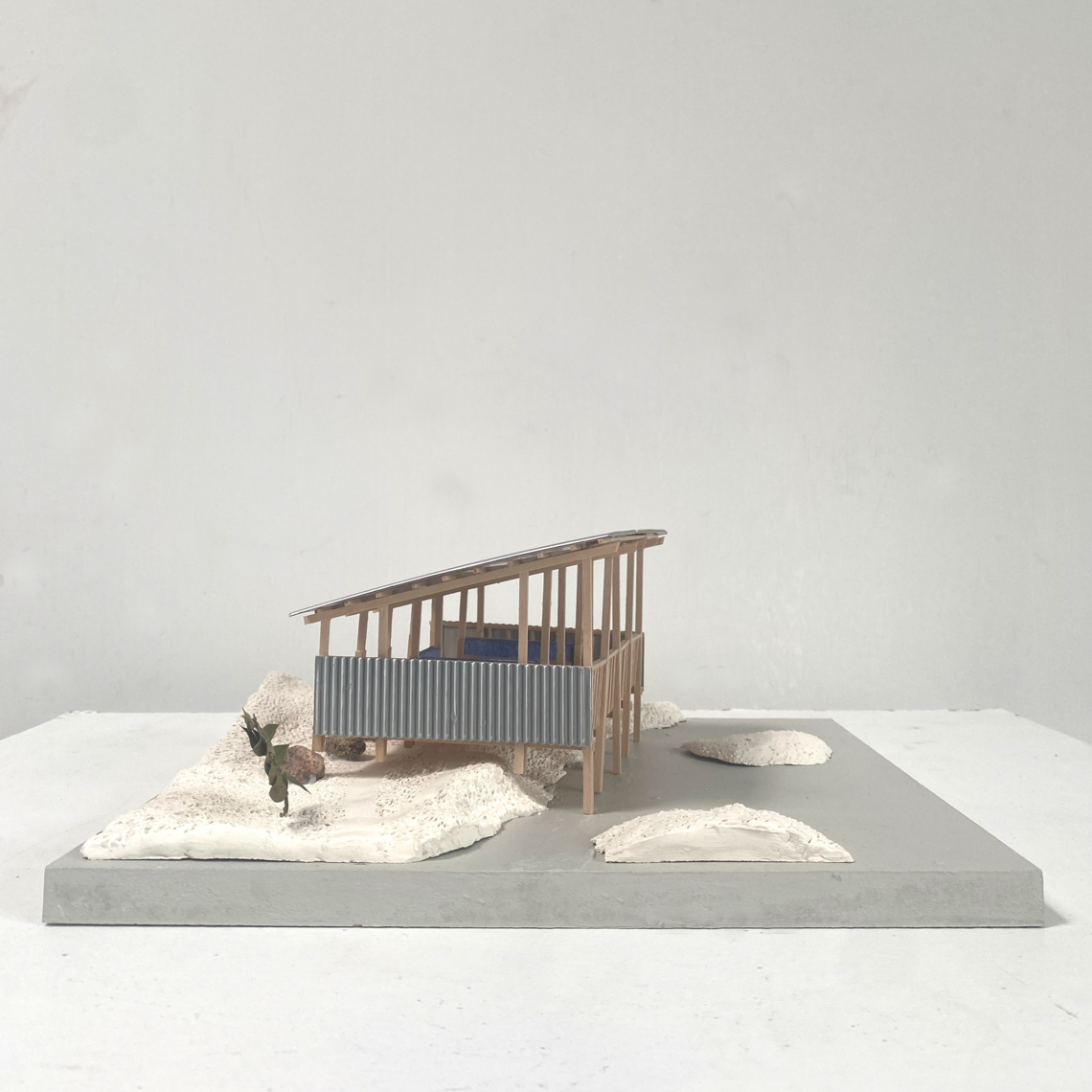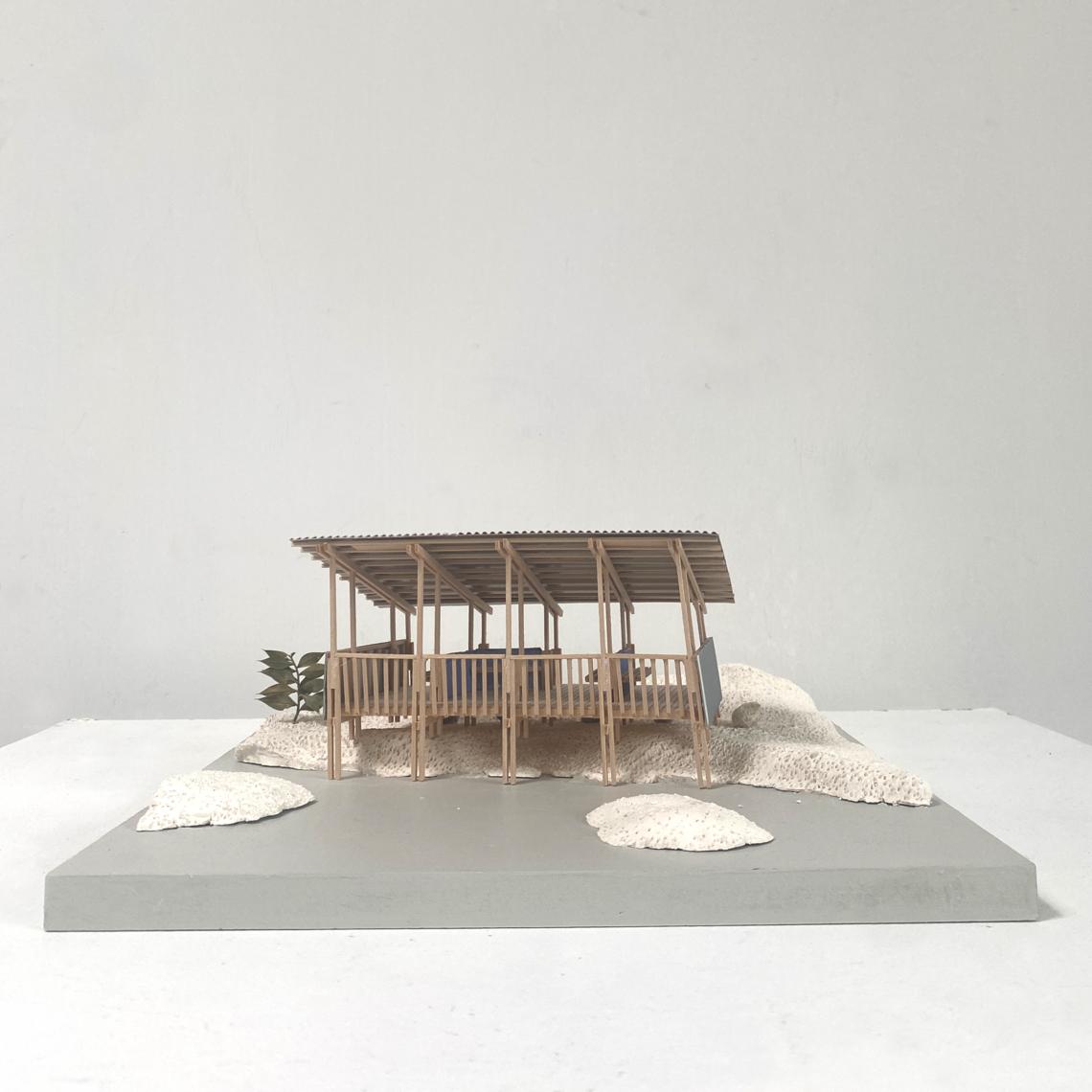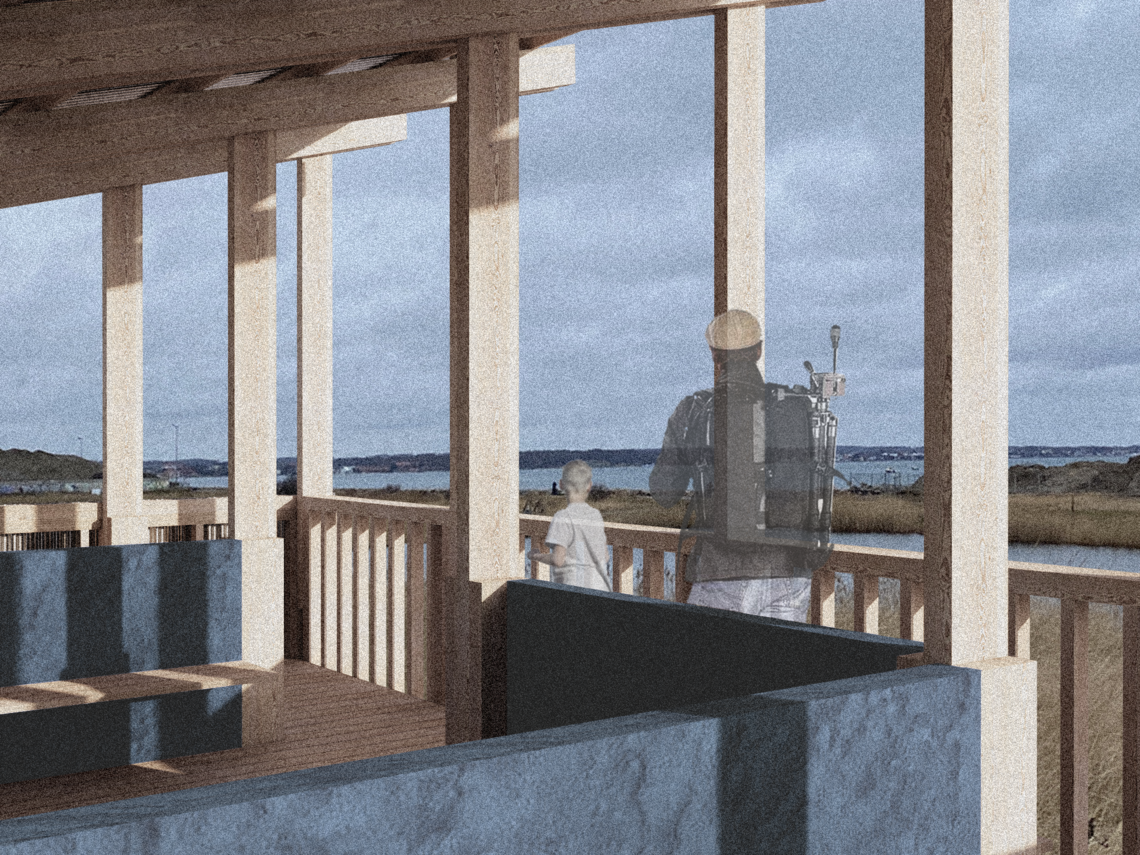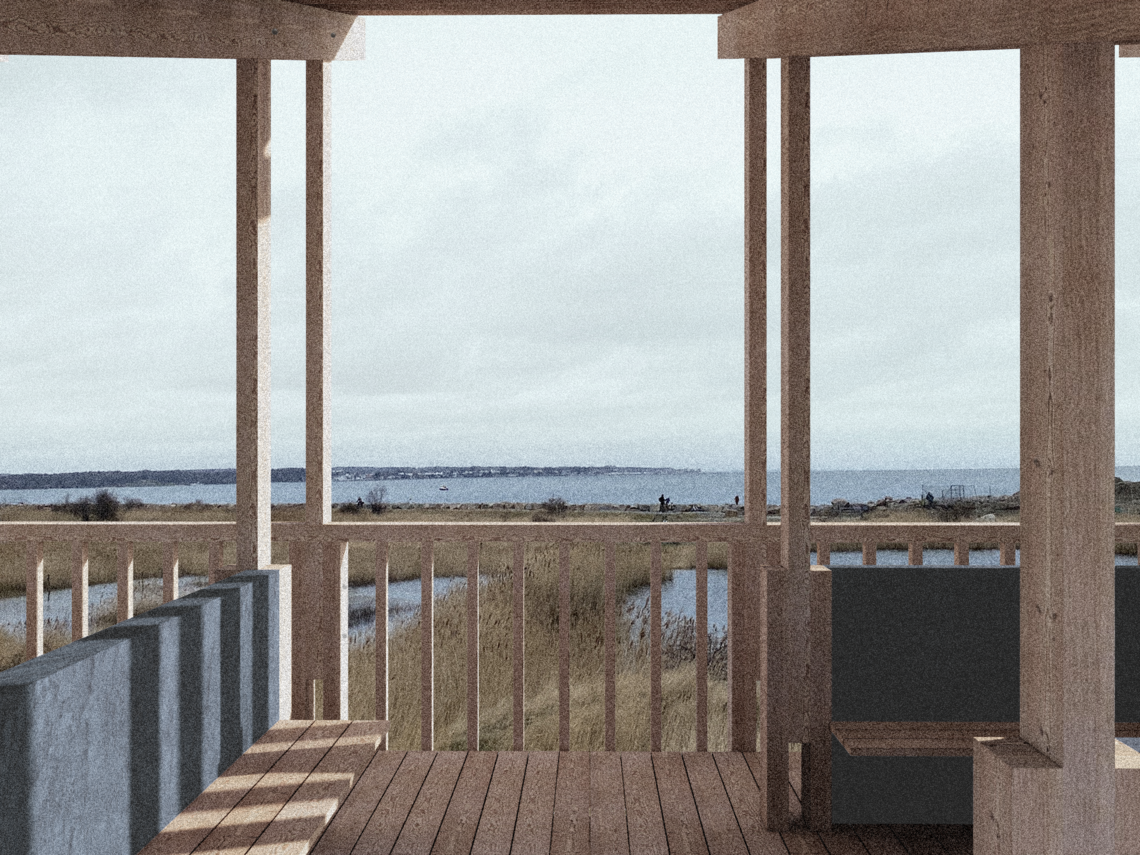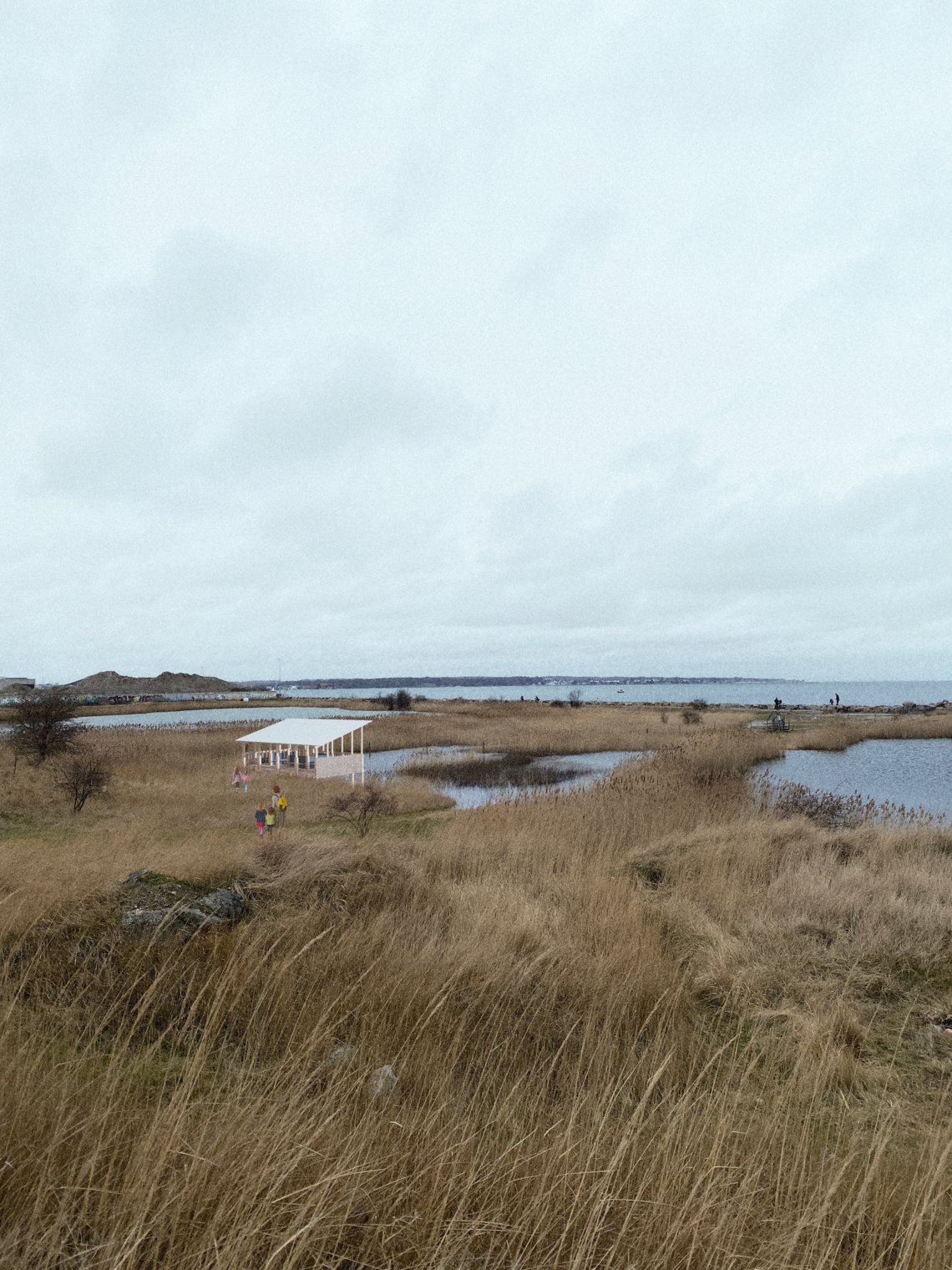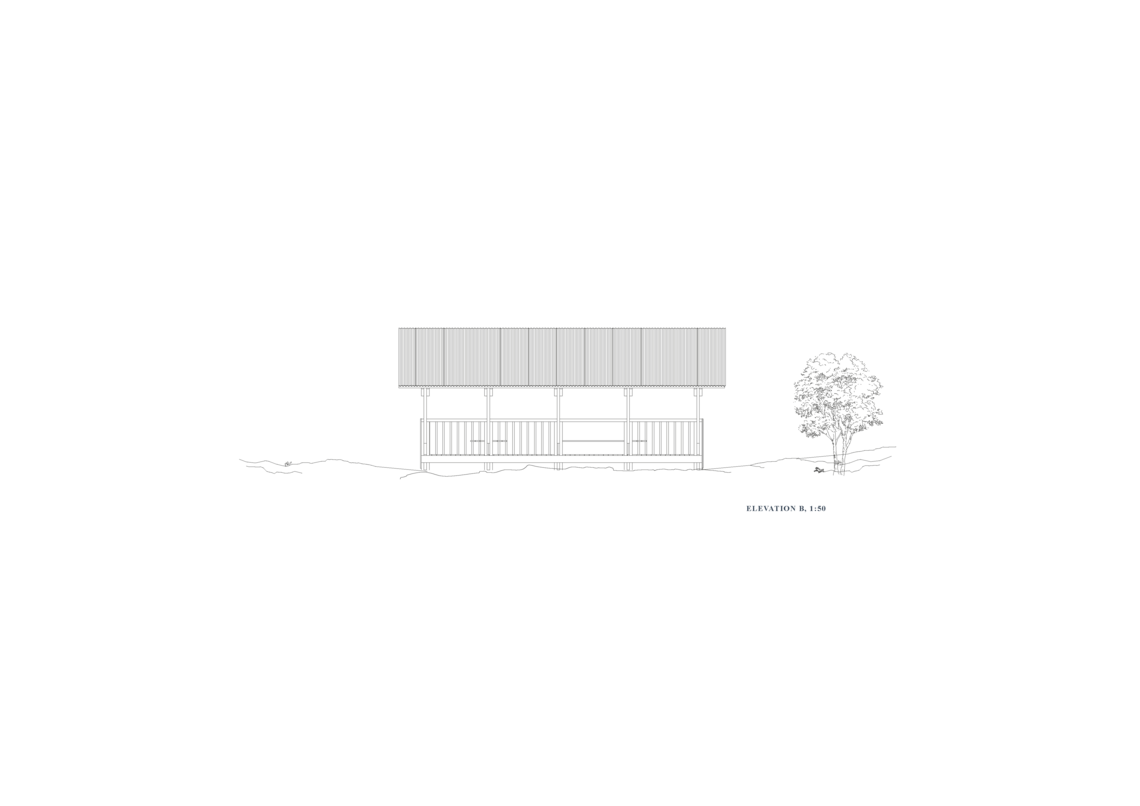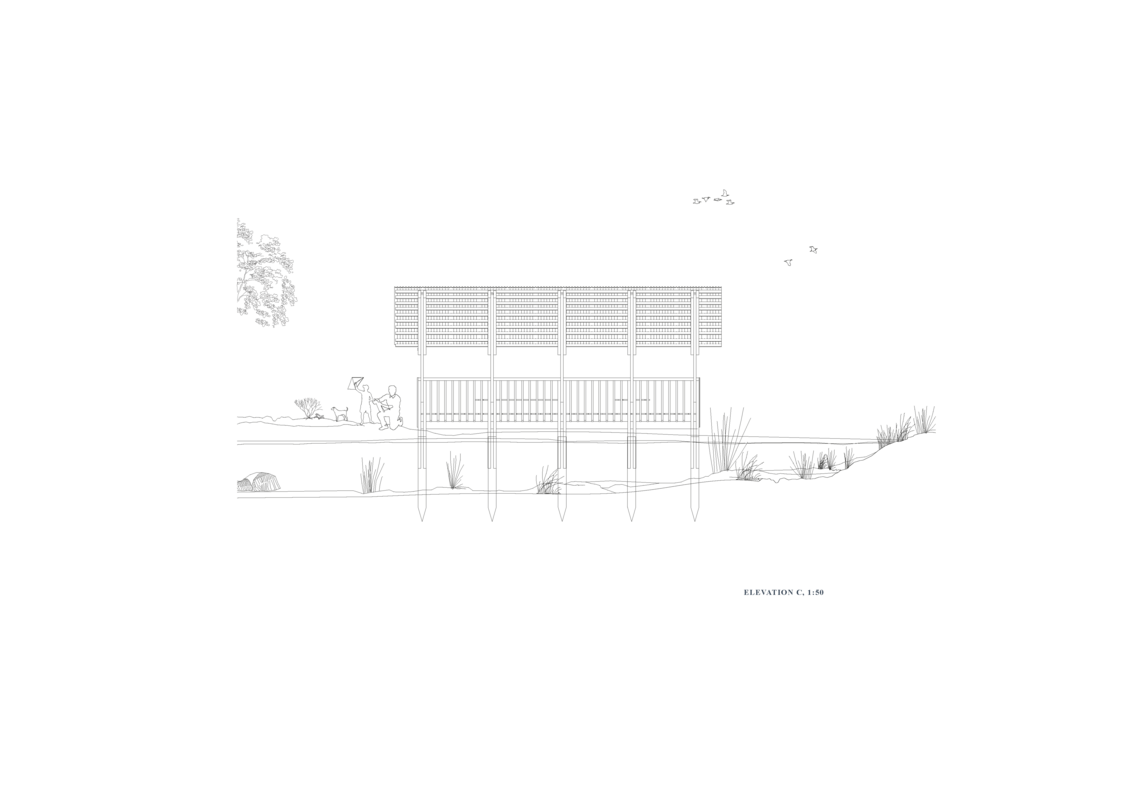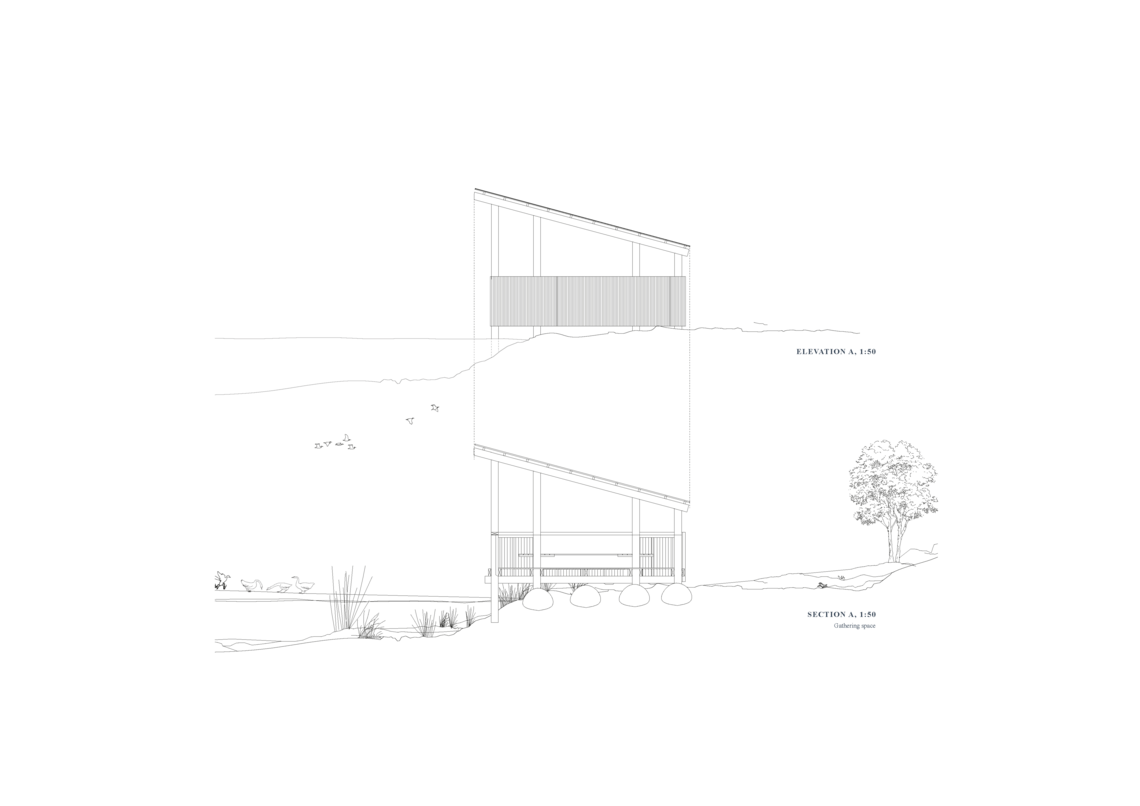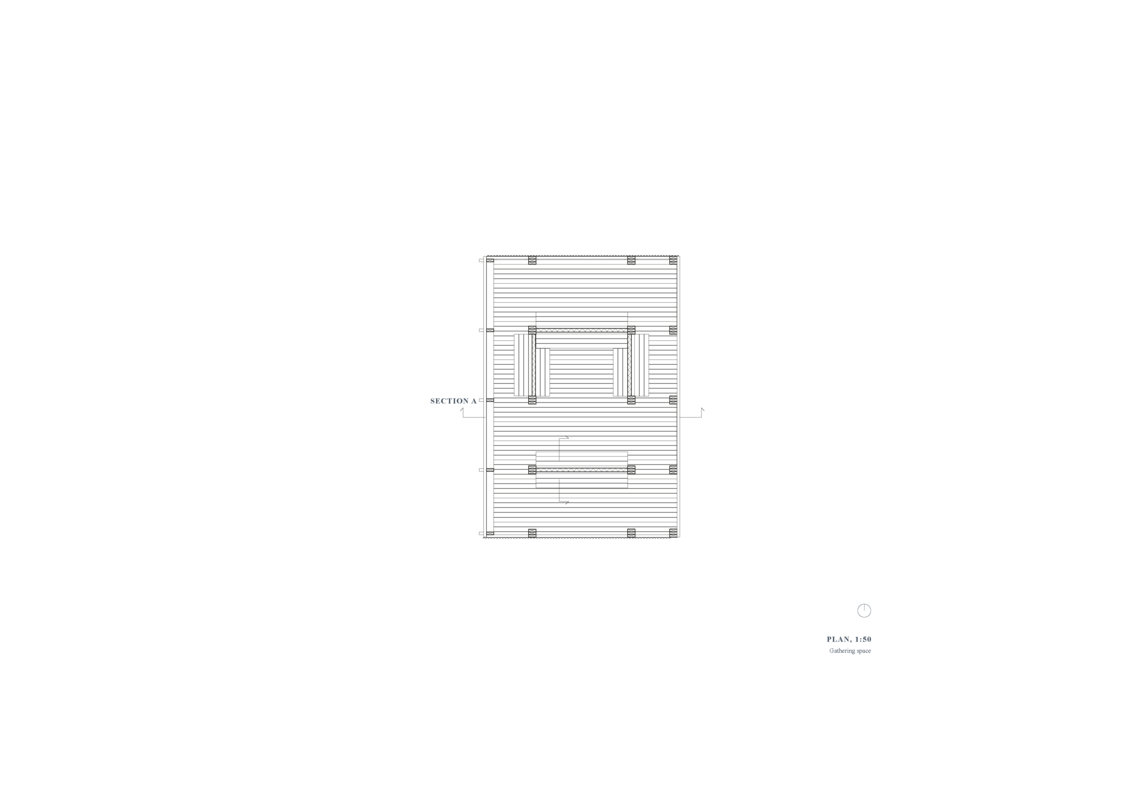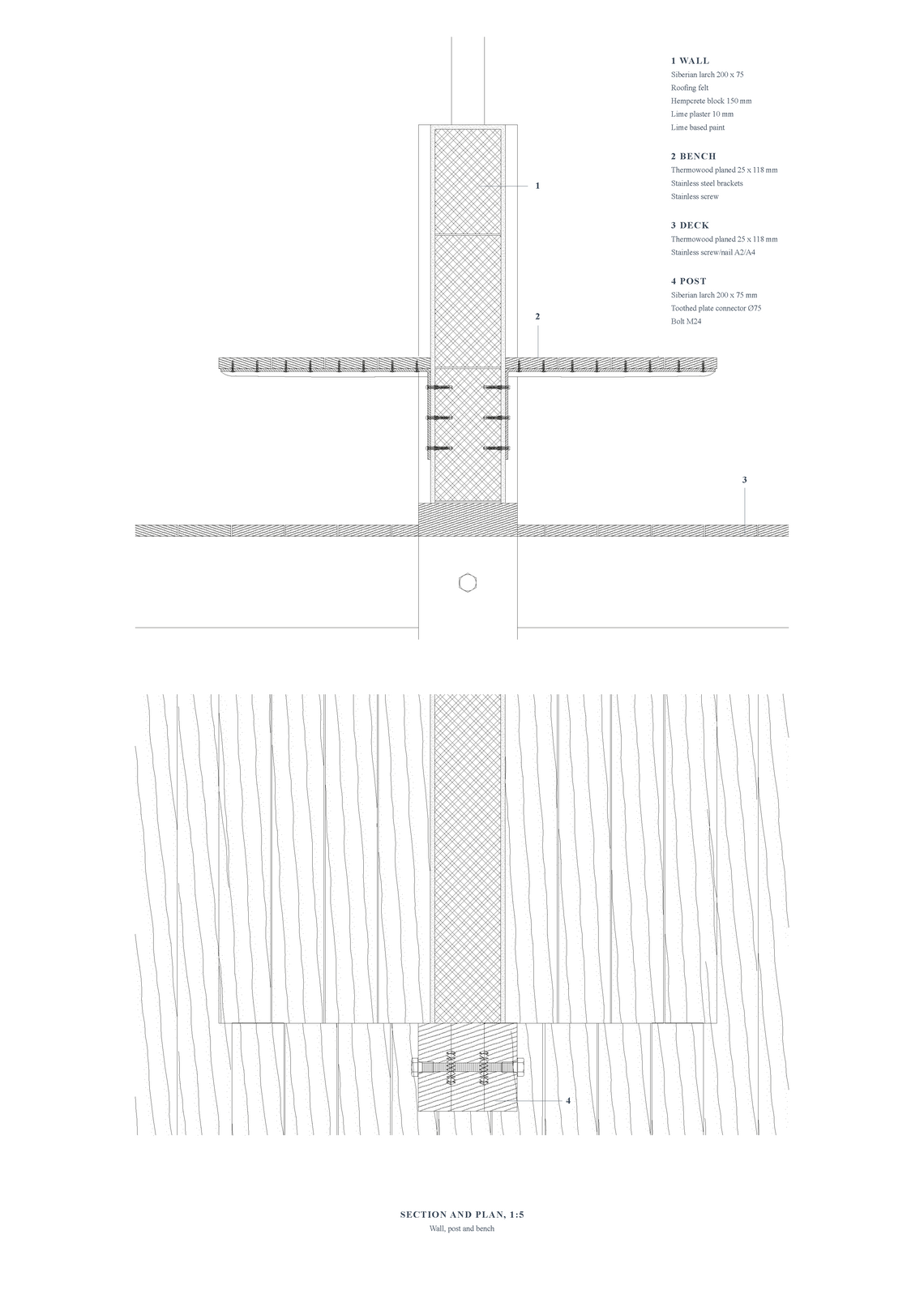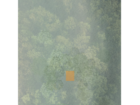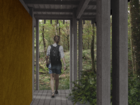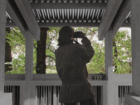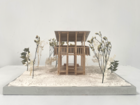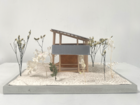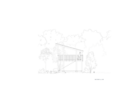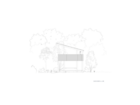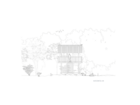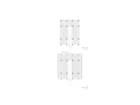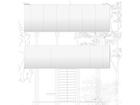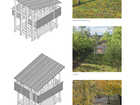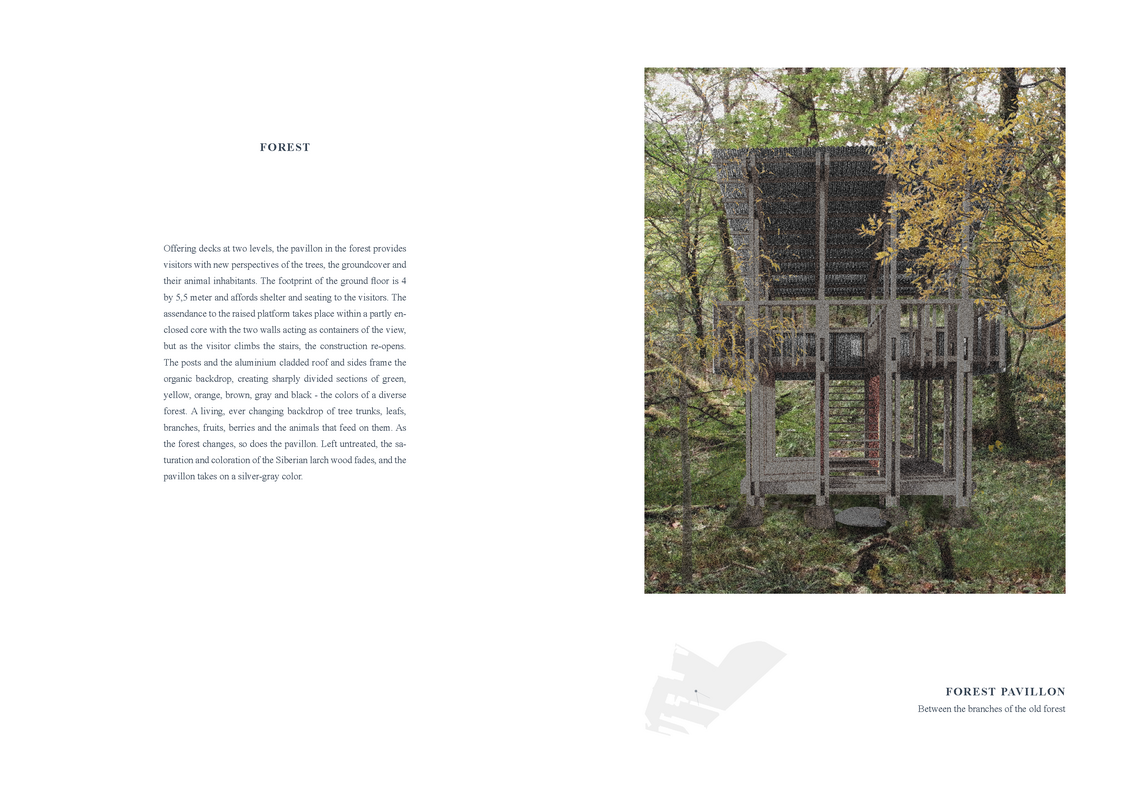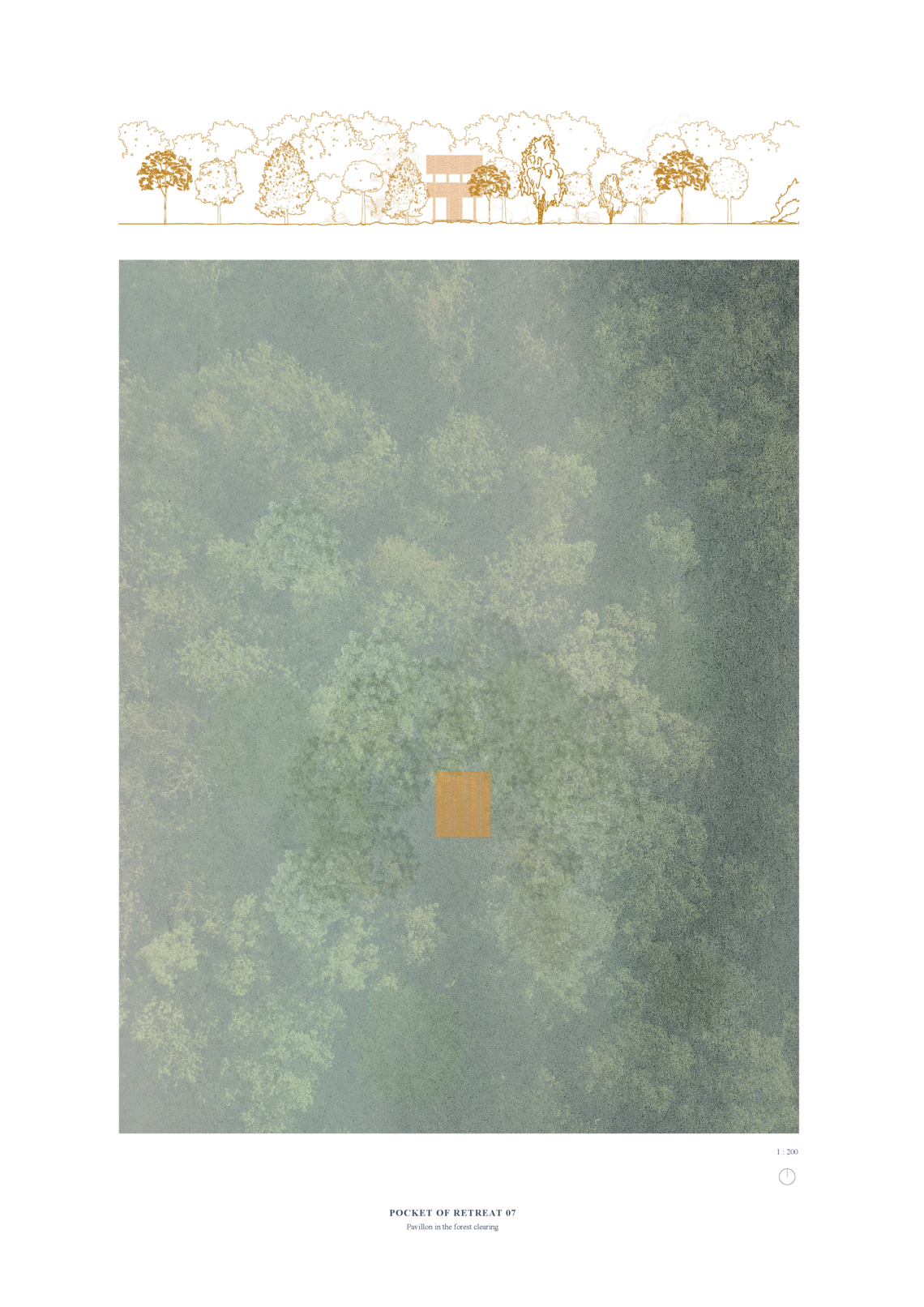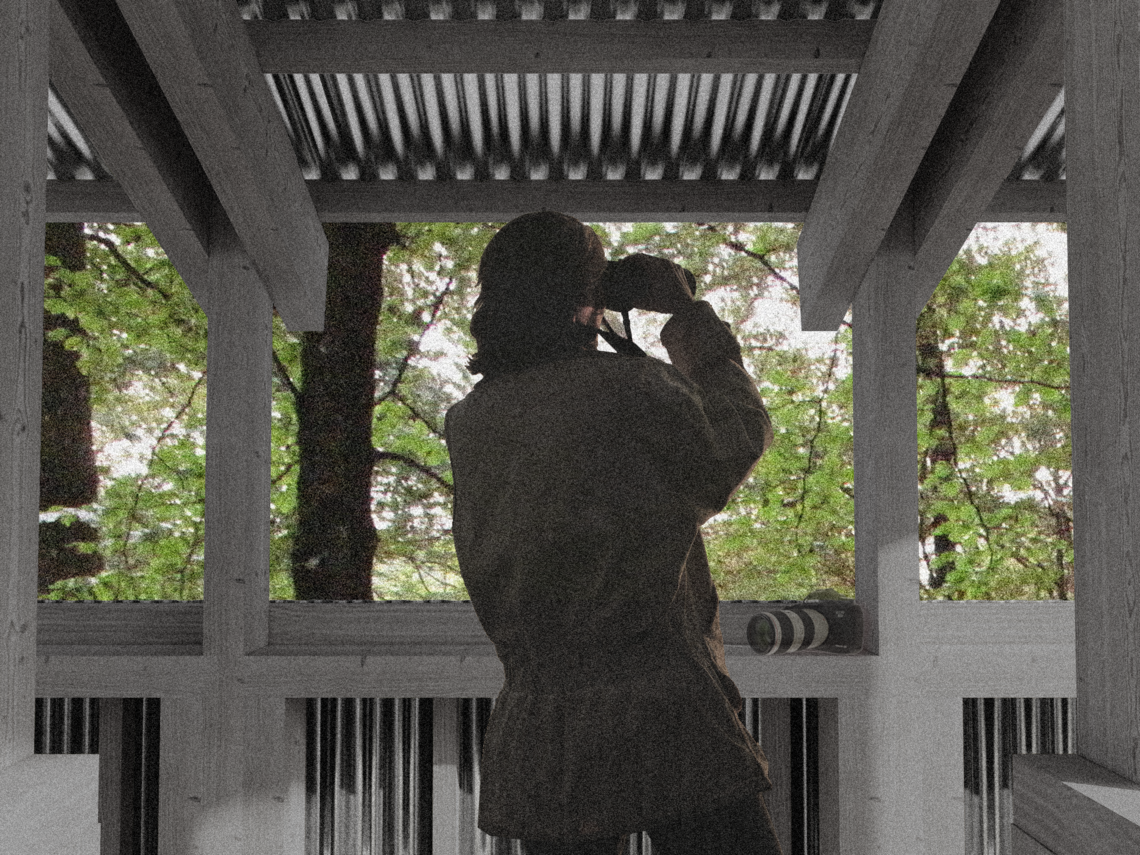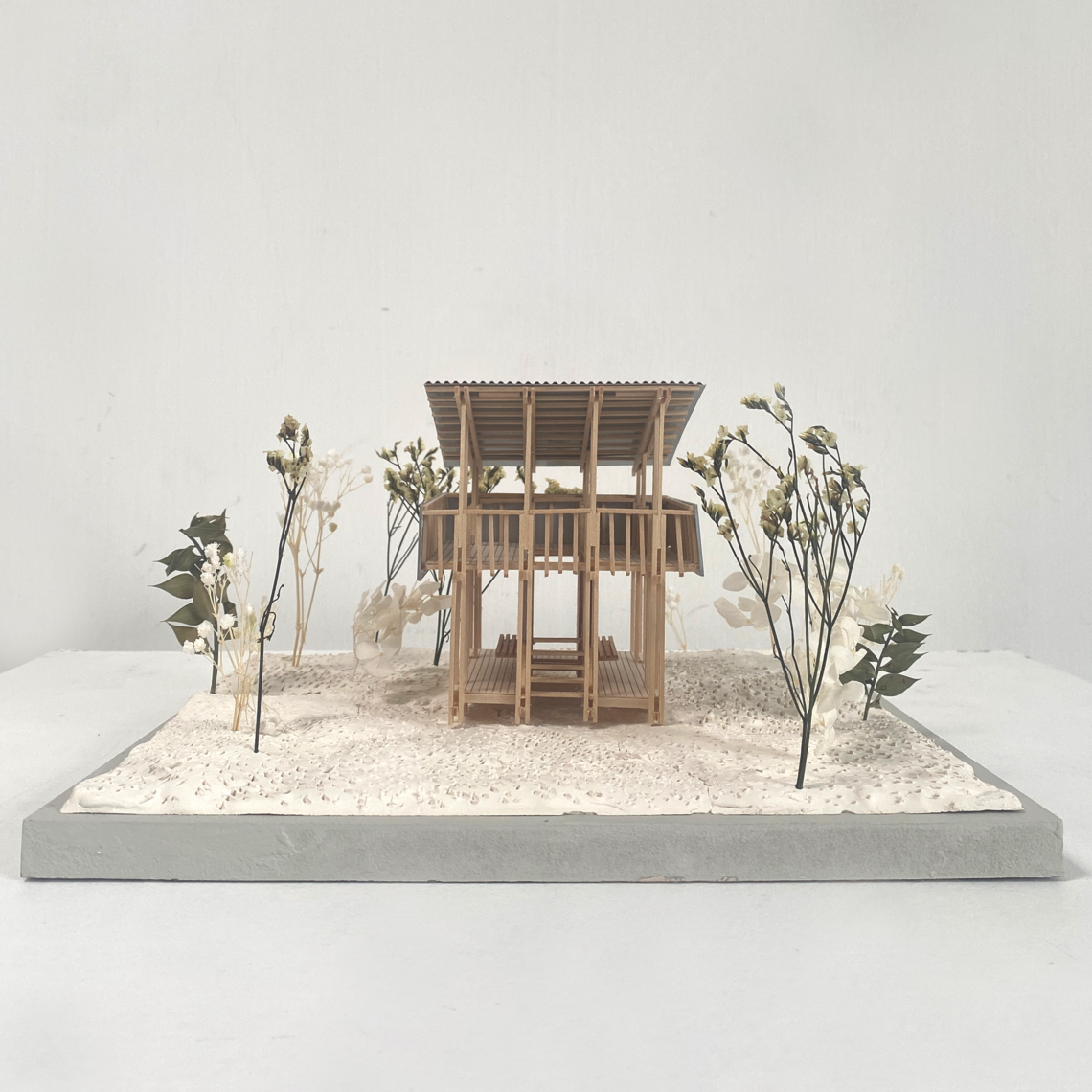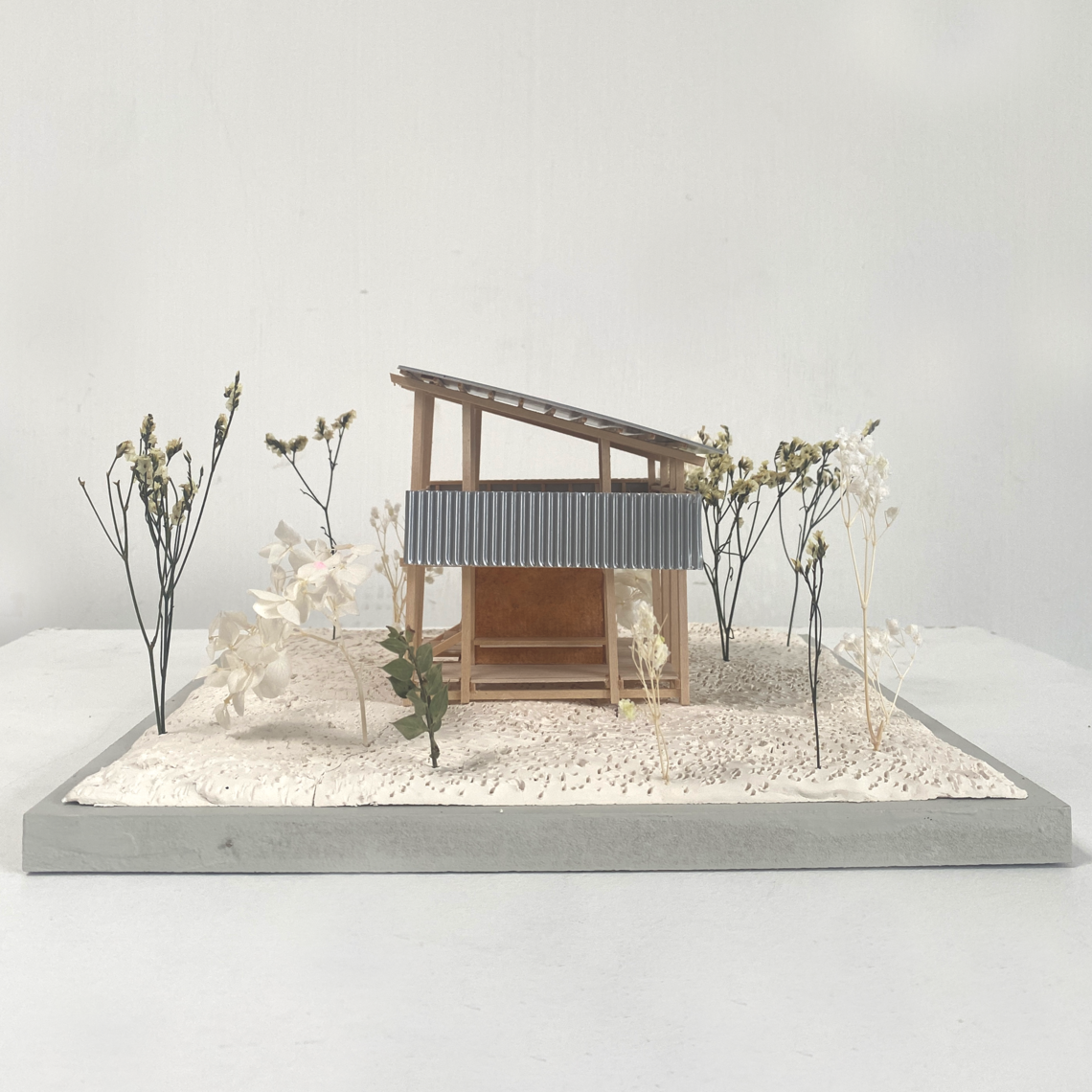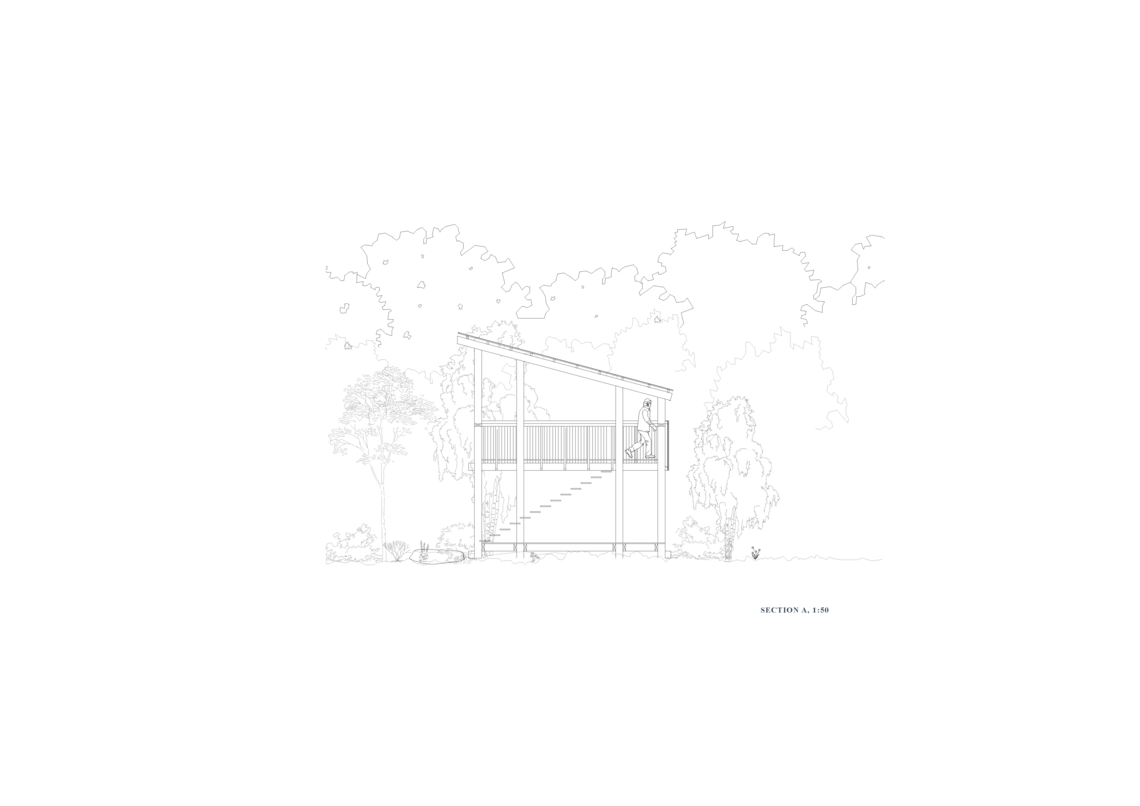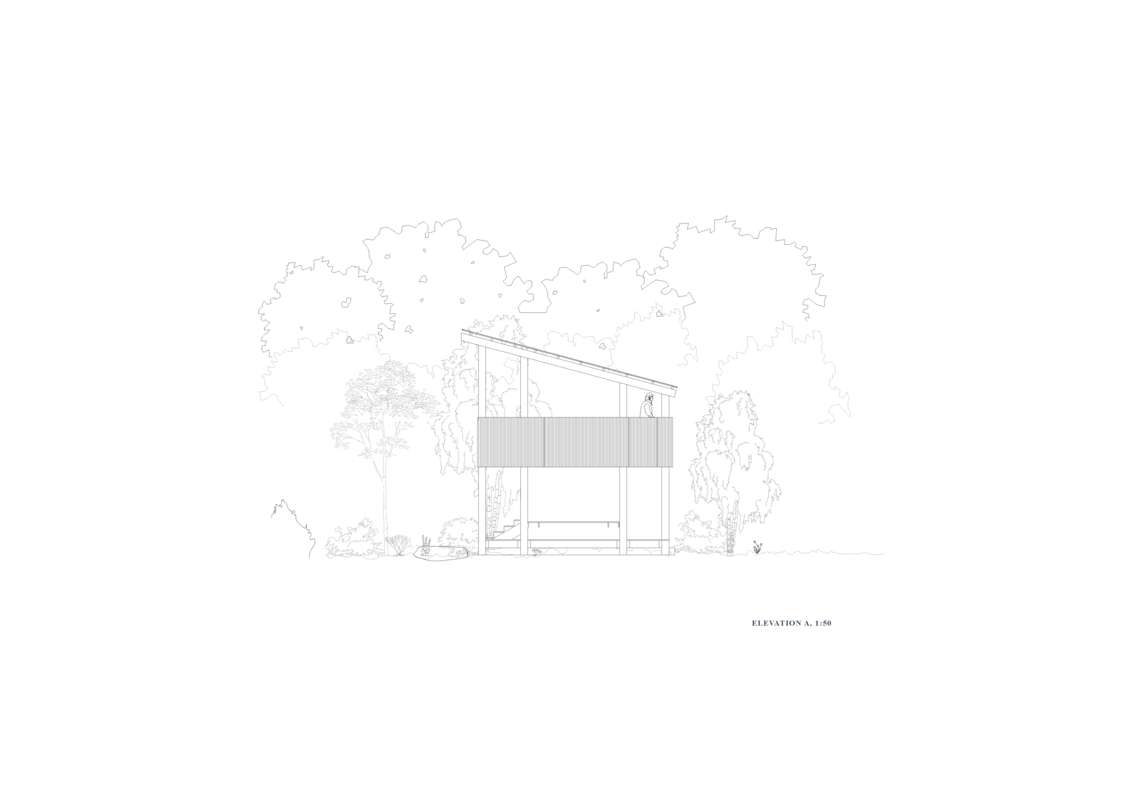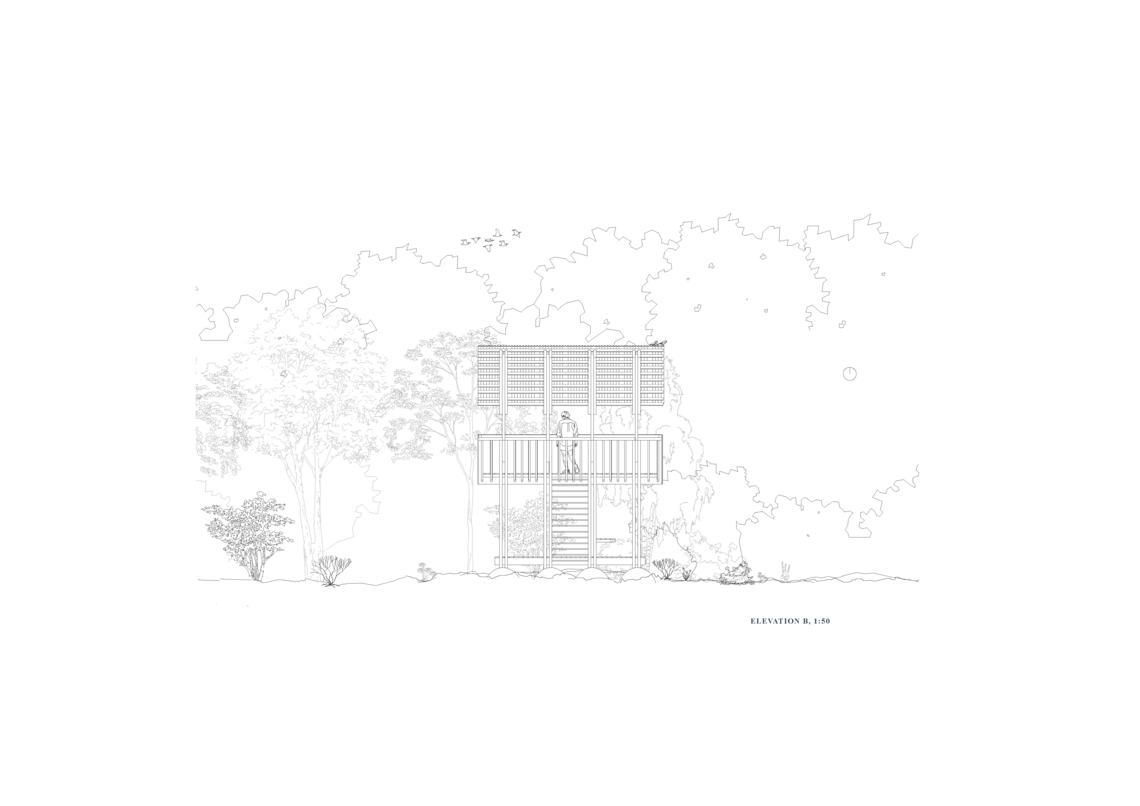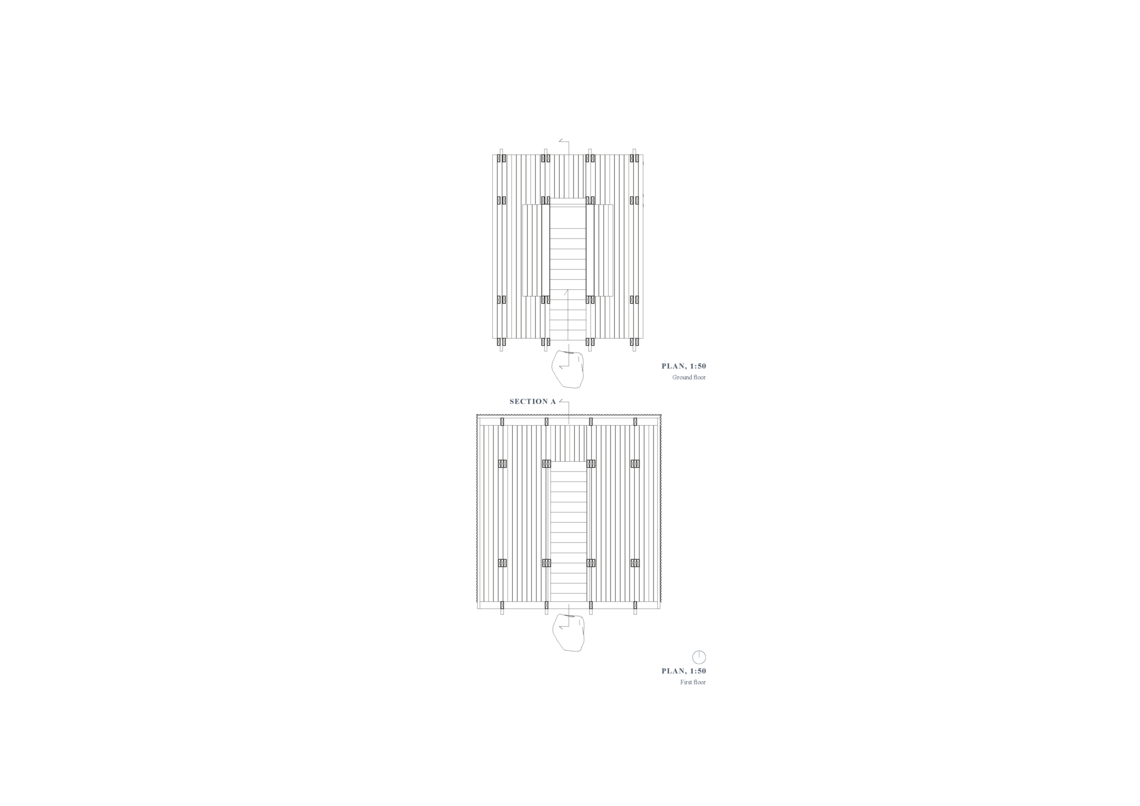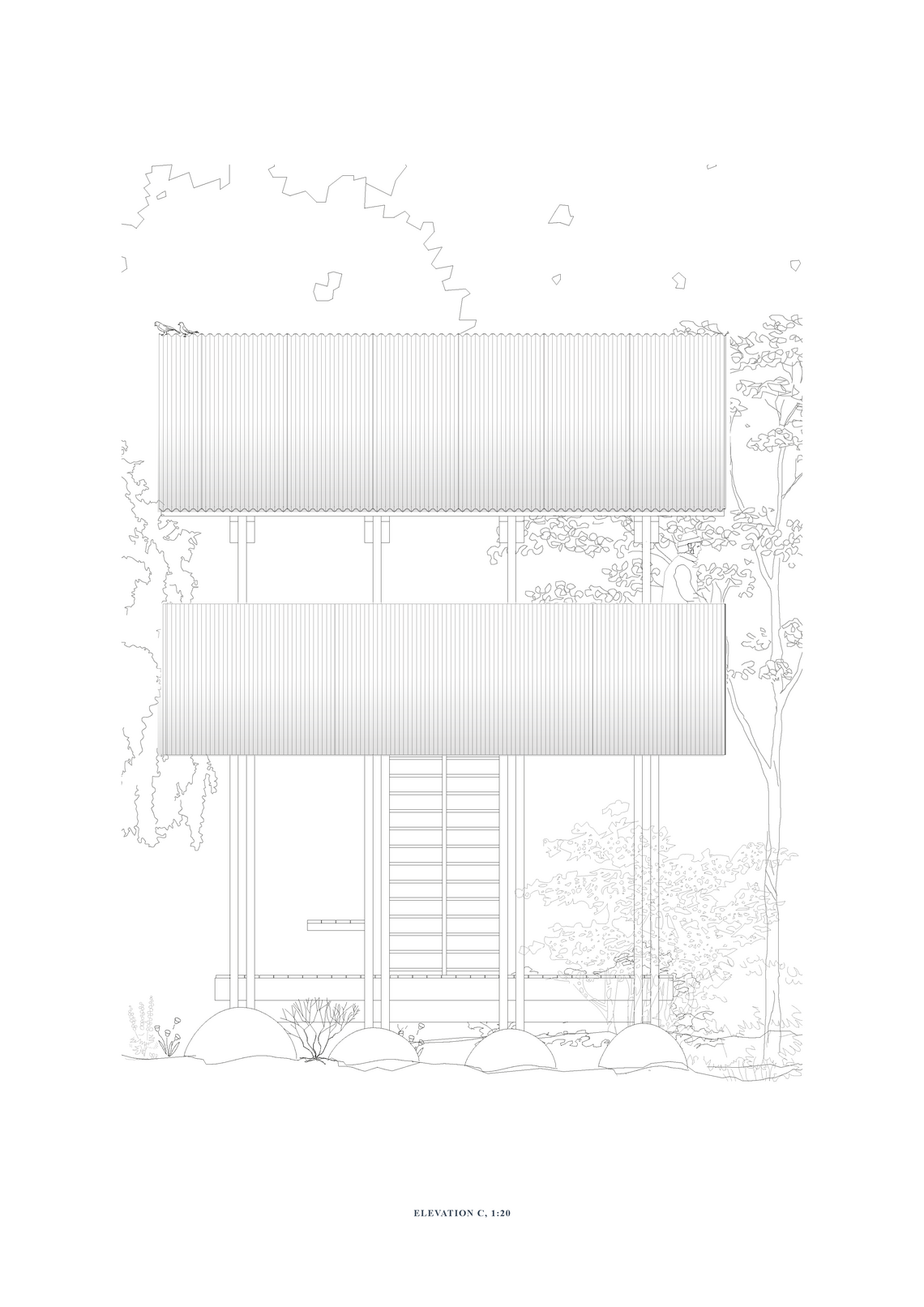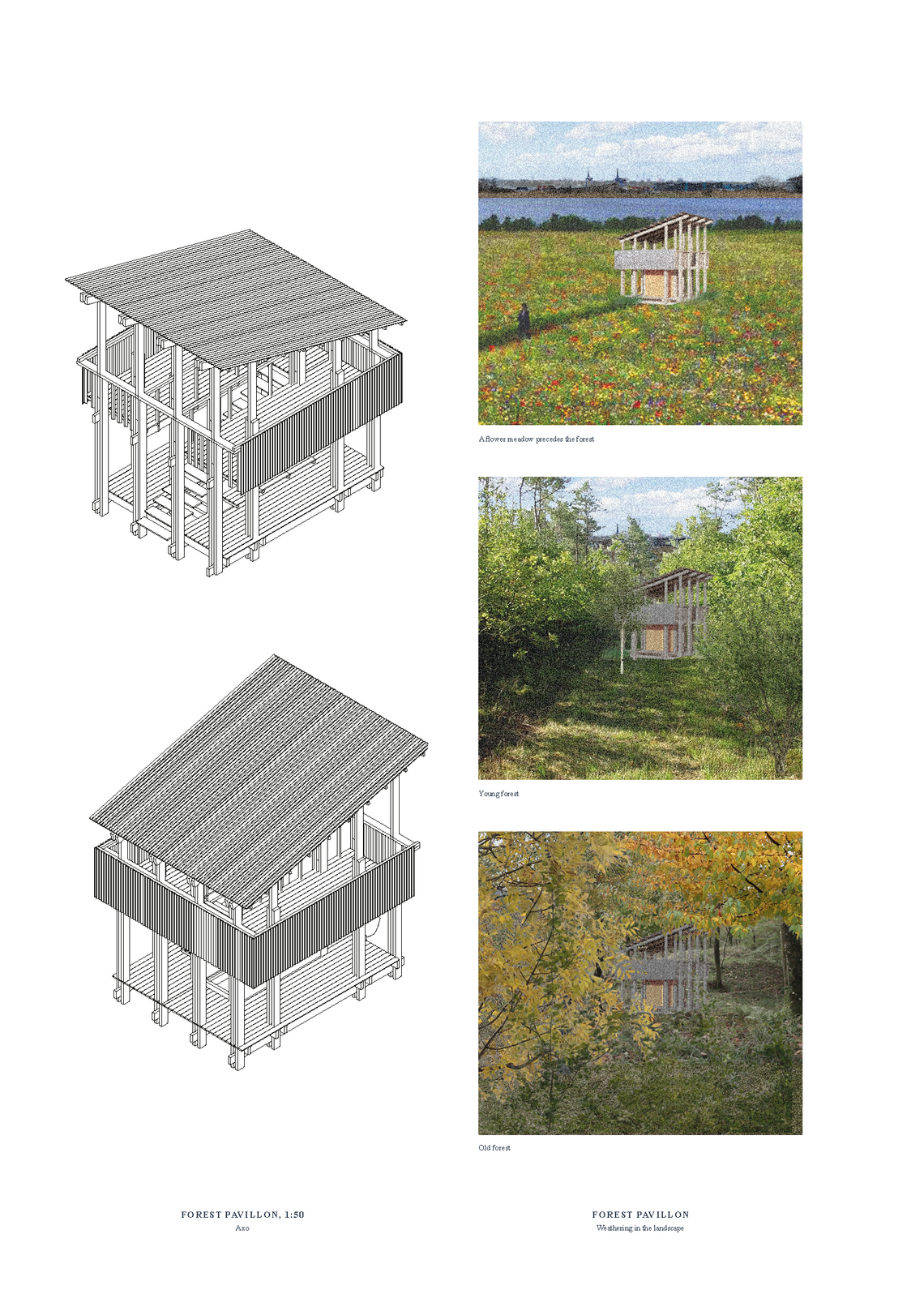
Pockets of Retreat: Tectonic Constructions In The Landscape / In The City
This project is a contribution to Nature Park Nordhavn. The 3 situated pavillons exist as spatial invitations within the park - along the coast, in the field and in the forest. Designed to accommodate the urban dweller's need to retreat and seek sanctuary, the pavillons facilitate experiences that embrace the multisensory mind. By orchestrating shelter and framed views, the constructions enhance their individual surroundings and become 'pockets of retreat in the landscape, in the city'.
Context
Copenhagen is expanding. The population is increasing, land reclamation projects are geographically transforming the shoreline and along with the transformation, the function of the harbor has changed from being mainly industrial to becoming increasingly more recreational.
The Free Port of Copenhagen opened in 1894 and after the First World War more industrial ports were built in the area we call Nordhavn today. Before the industrial activities, in the 18th century, the area was a popular destination among the city's upper class who came to take leisurely walks along the coastline - a beautiful sand beach with a promenade where Strandboulevarden is located today.
In present times Copenhagen City and Port Development is planning a mixed sustainable development with urban pocket parks and 28 acres of nature in the post-industrial area of Nordhavn. But to comply with Copenhagen’s official 10 year strategy for creating more biodiverse nature in the city, 28 acres is not enough. And as a response the local advocacy group Nordhavns Naturvenner is suggesting to reserve 100 acres for a new piece of nature in the city: Nature Park Nordhavn.
Using Nature Park Nordhavn as a point of departure this thesis is conducted as an act of imagining and inhabiting - one - out of many possible iterations of the future Copenhagen, with the goal of providing the city’s growing population with places to retreat to and meet nature in.
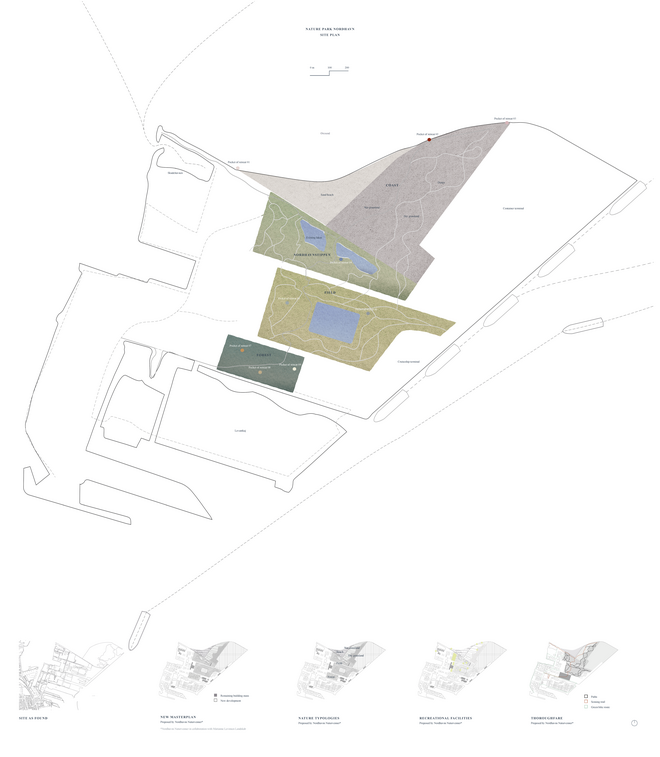
Nature Park Nordhavn is a landscape composition with cultural significance. The structure of the park is simultaneously referencing the site's recreational past and its existing, post industrial conditions.
The sand beach, the common, the meadow and the forest, some of the proposed nature typologies, are naturally occurring biotopes in the Danish context. They are formerly productive landscapes that have been essential to the long Danish farmer tradition, but today they are aesthetic elements strategically layed out to create an interesting and varied nature experience. As a composition they become a coherent biodiverse landscape that is going to sustain existing life in the area and benefit both future flora and fauna and human visitors.
Pockets of retreat
The situated pavillons in this project are part of a long tradition within landscape architecture of placing points, platforms, pavillons or follies that in one way or another stage the surrounding nature while providing shelter or a place to rest. Following this tradition the 'pockets of retreat' represent an alternative to the everyday experience.
They are designed to provide shelter as much for anglers and bird watchers as for local school kids and kindergartens. The pockets are points of access to nature, to be visited by any urban dweller seeking retreat from the city.
They are designed as individual points in the landscape that afford spontaneous breaks for those who need it along their trail, but the pockets can also be destinations by themselves, and as a combined whole they provide the newly reclaimed area with a coherent spatial identity.
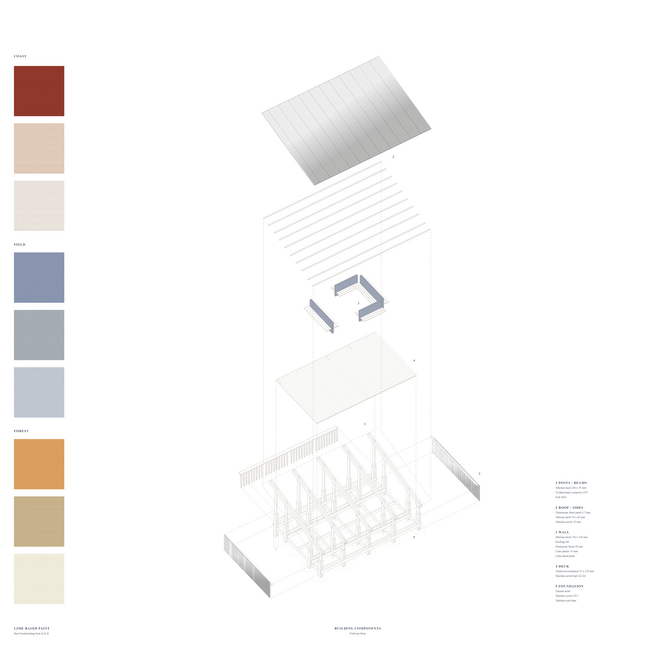
The pavillons are designed as a simple modular system that can be repeated, scaled and implemented in different landscapes. By varying the rhythm of the frames, or the color of the partition walls, the system can be adapted to fit different functions and thereby accommodate the city dwellers' multifaceted reasons to retreat to nature.

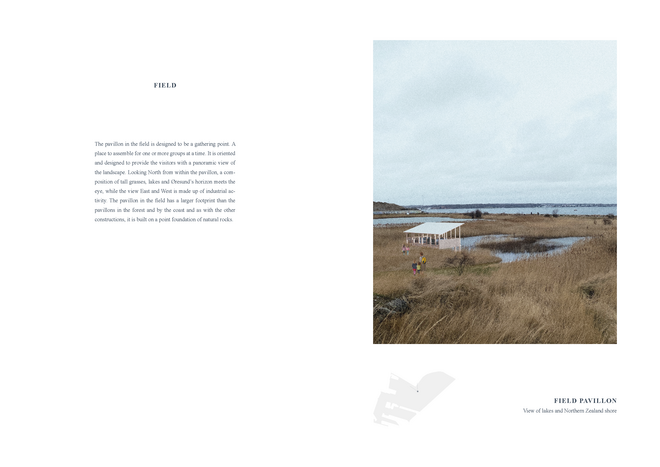

Det Kongelige Akademi understøtter FN’s verdensmål
Siden 2017 har Det Kongelige Akademi arbejdet med FN’s verdensmål. Det afspejler sig i forskning, undervisning og afgangsprojekter. Dette projekt har forholdt sig til følgende FN-mål